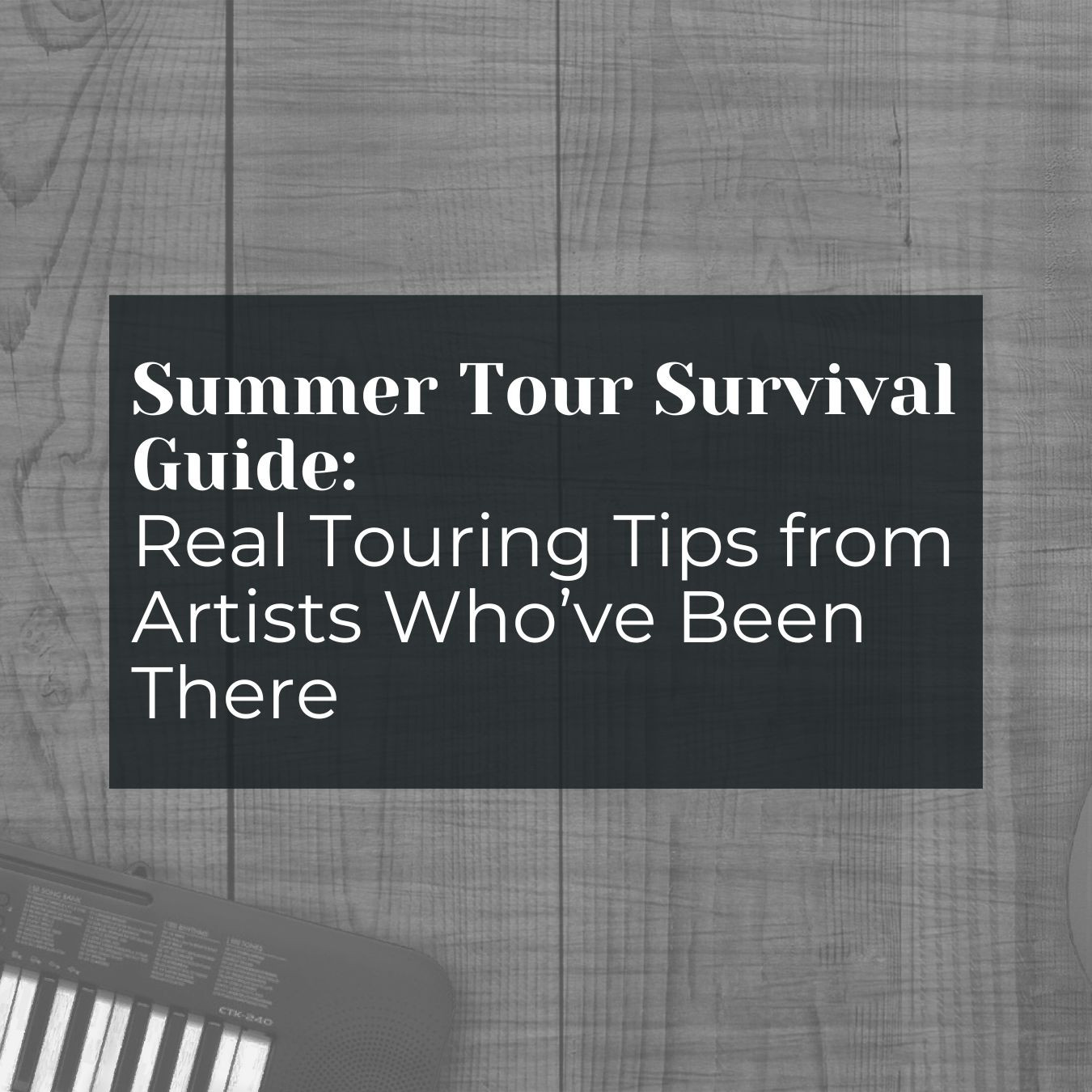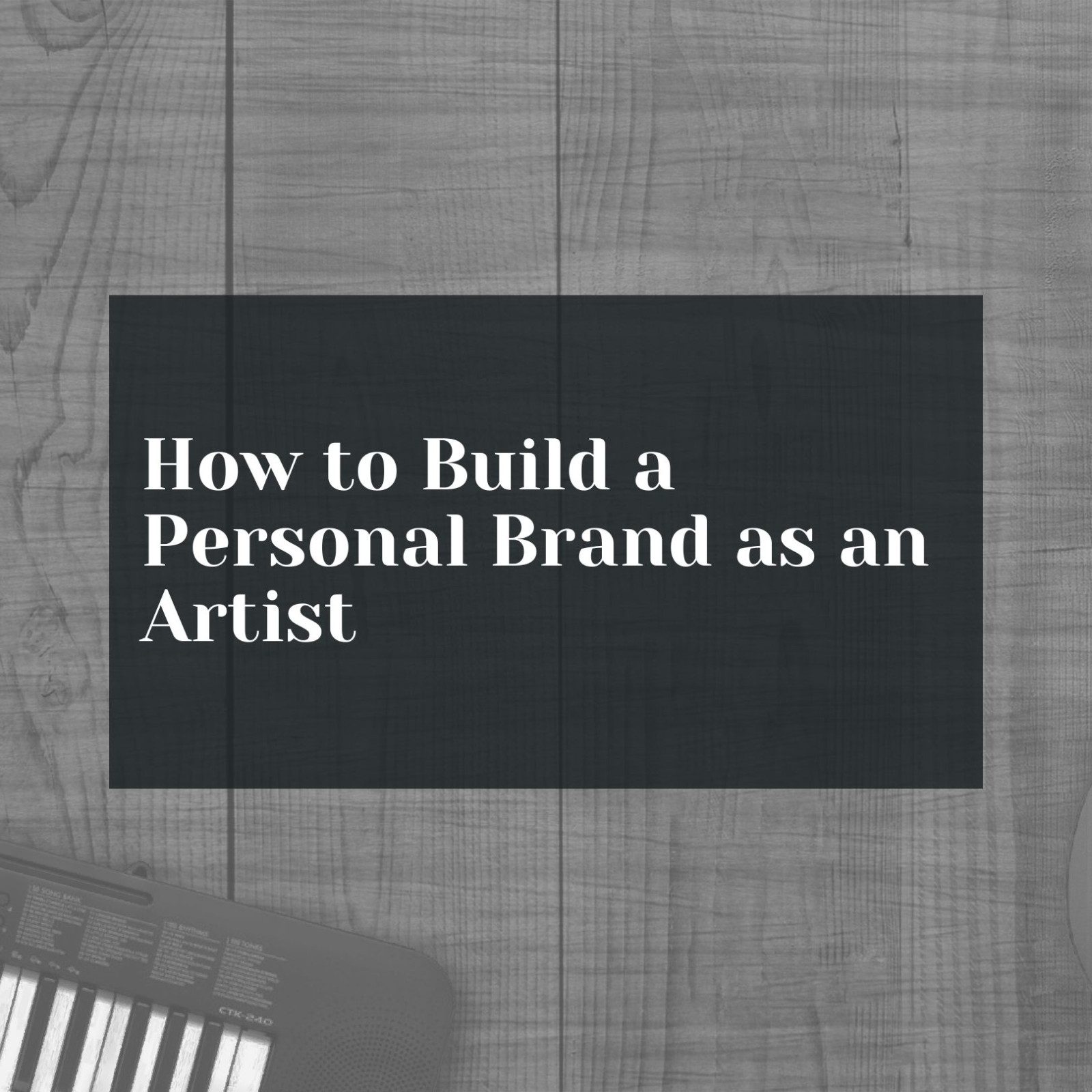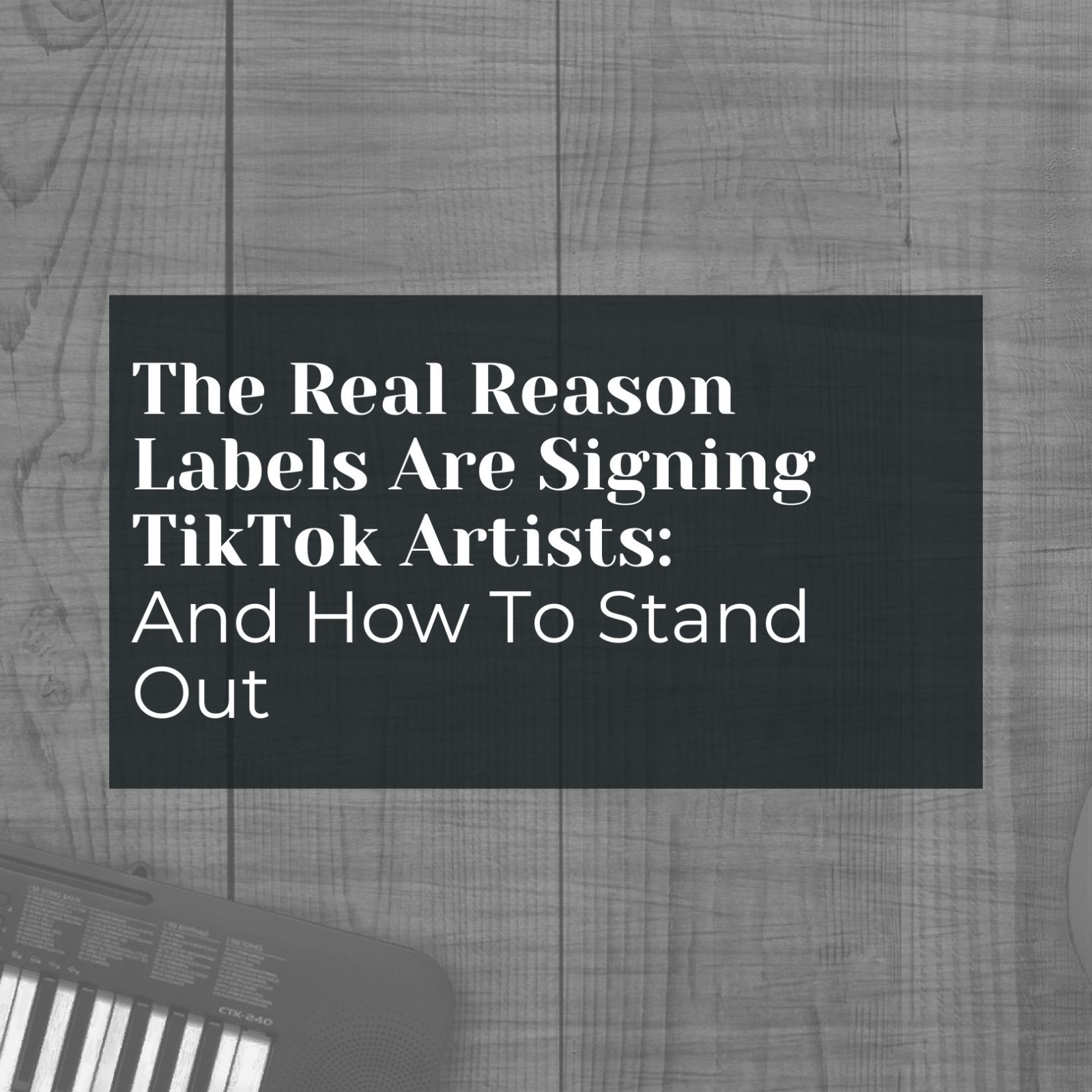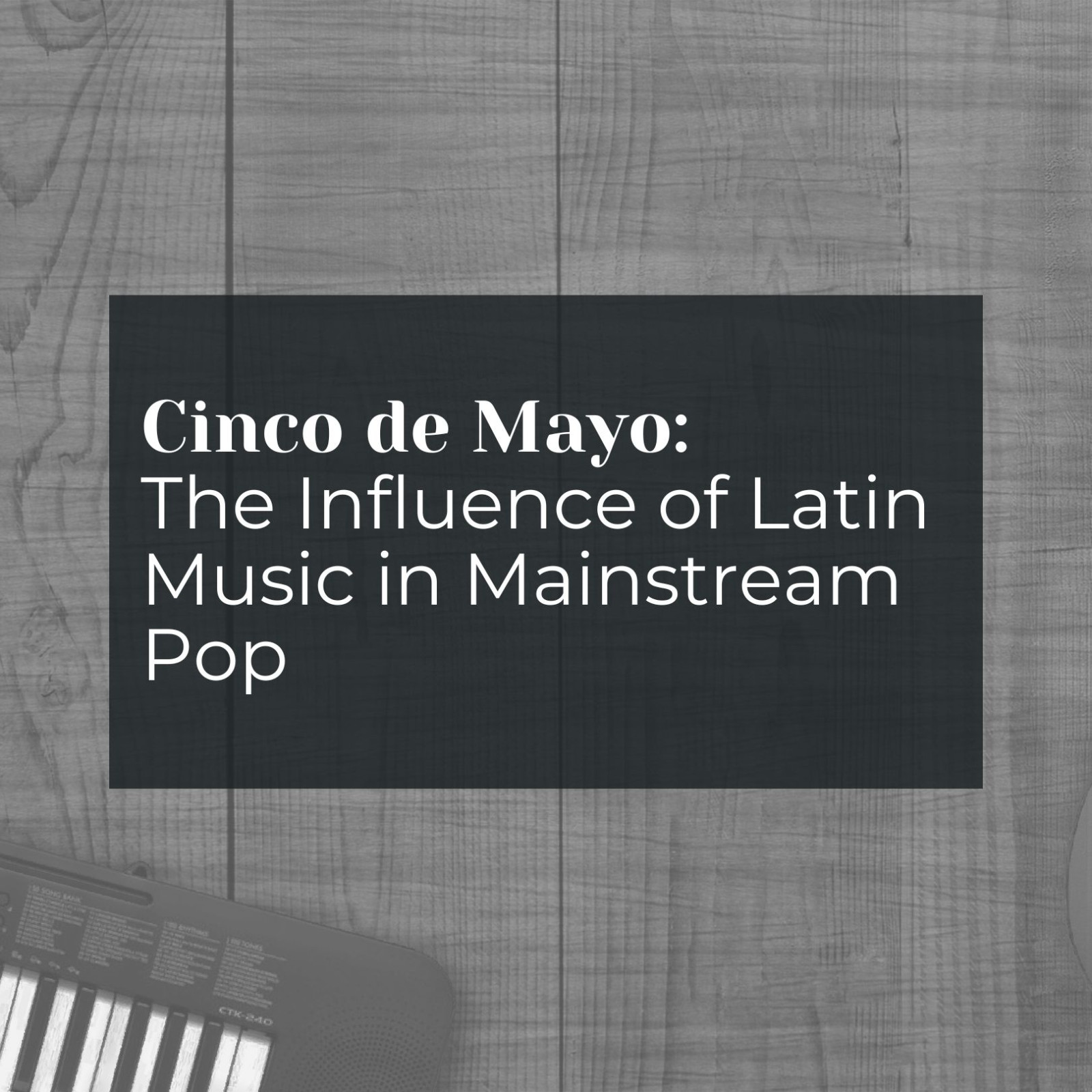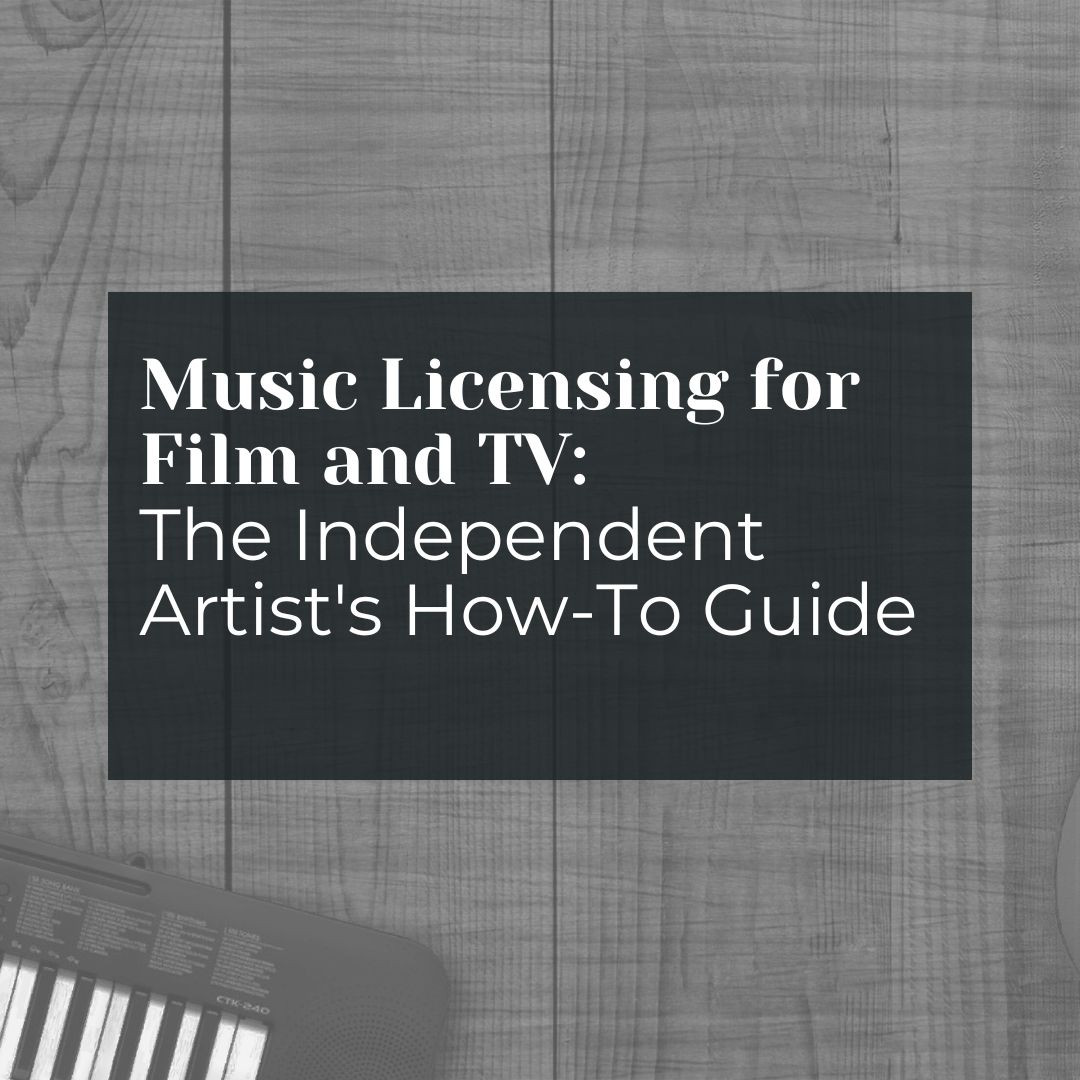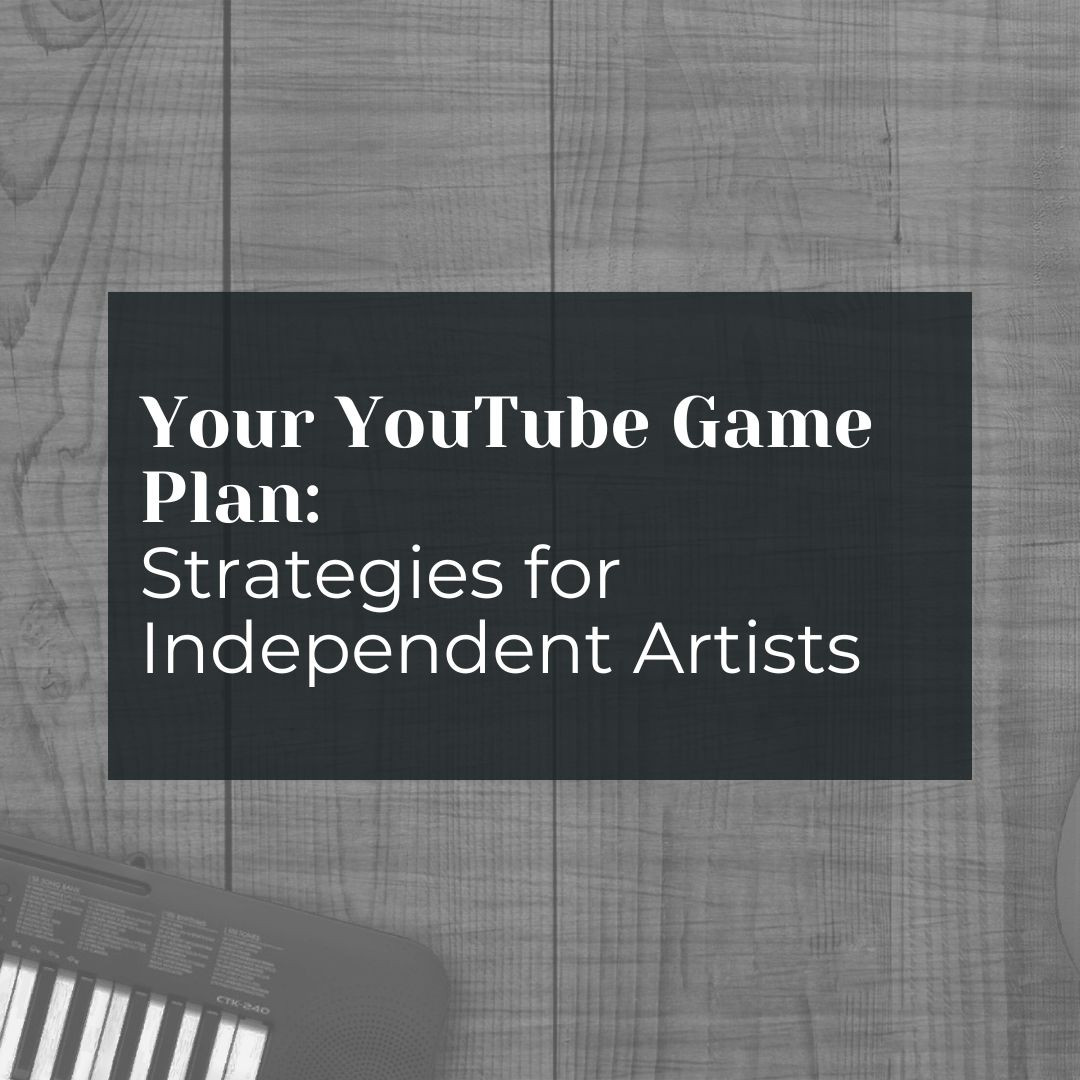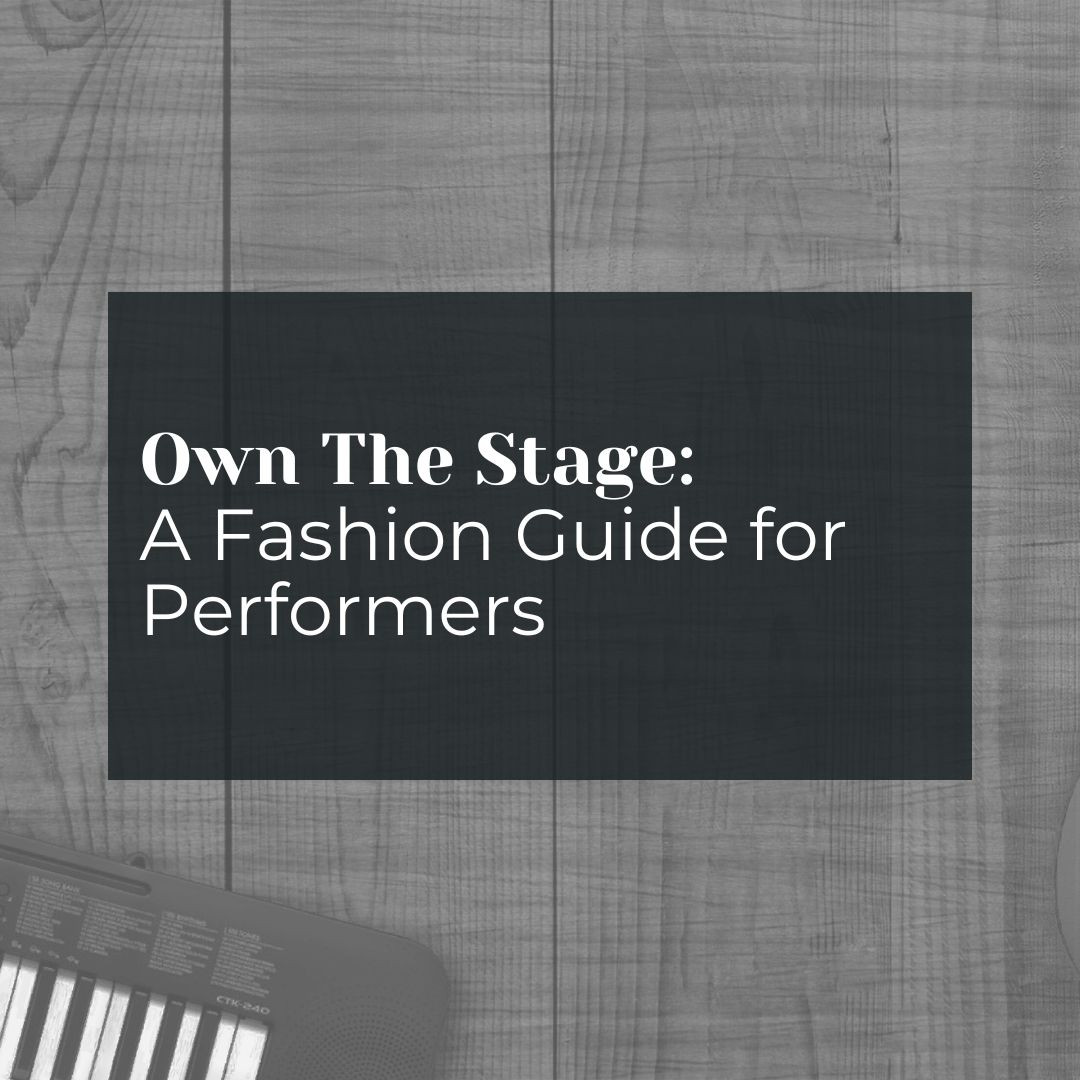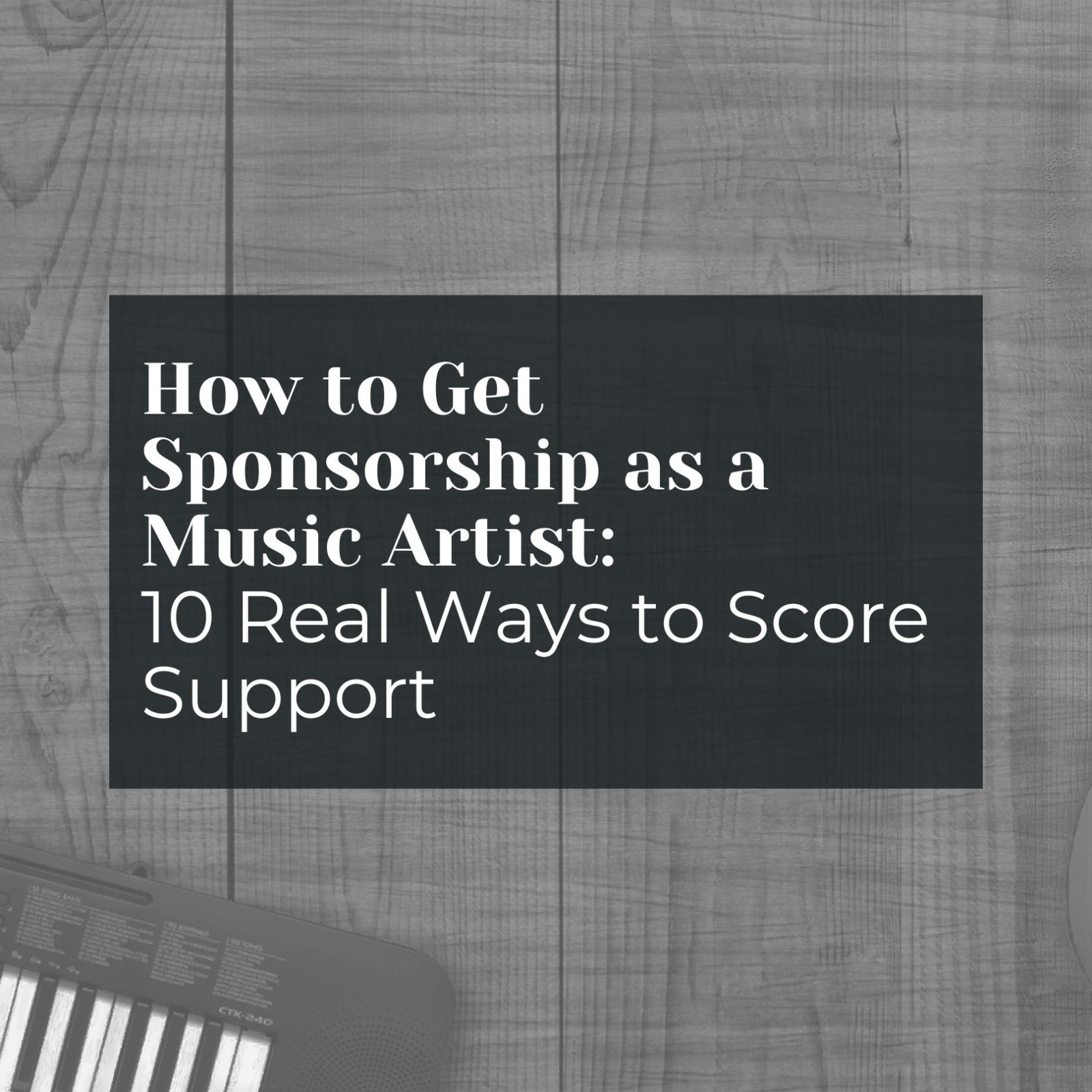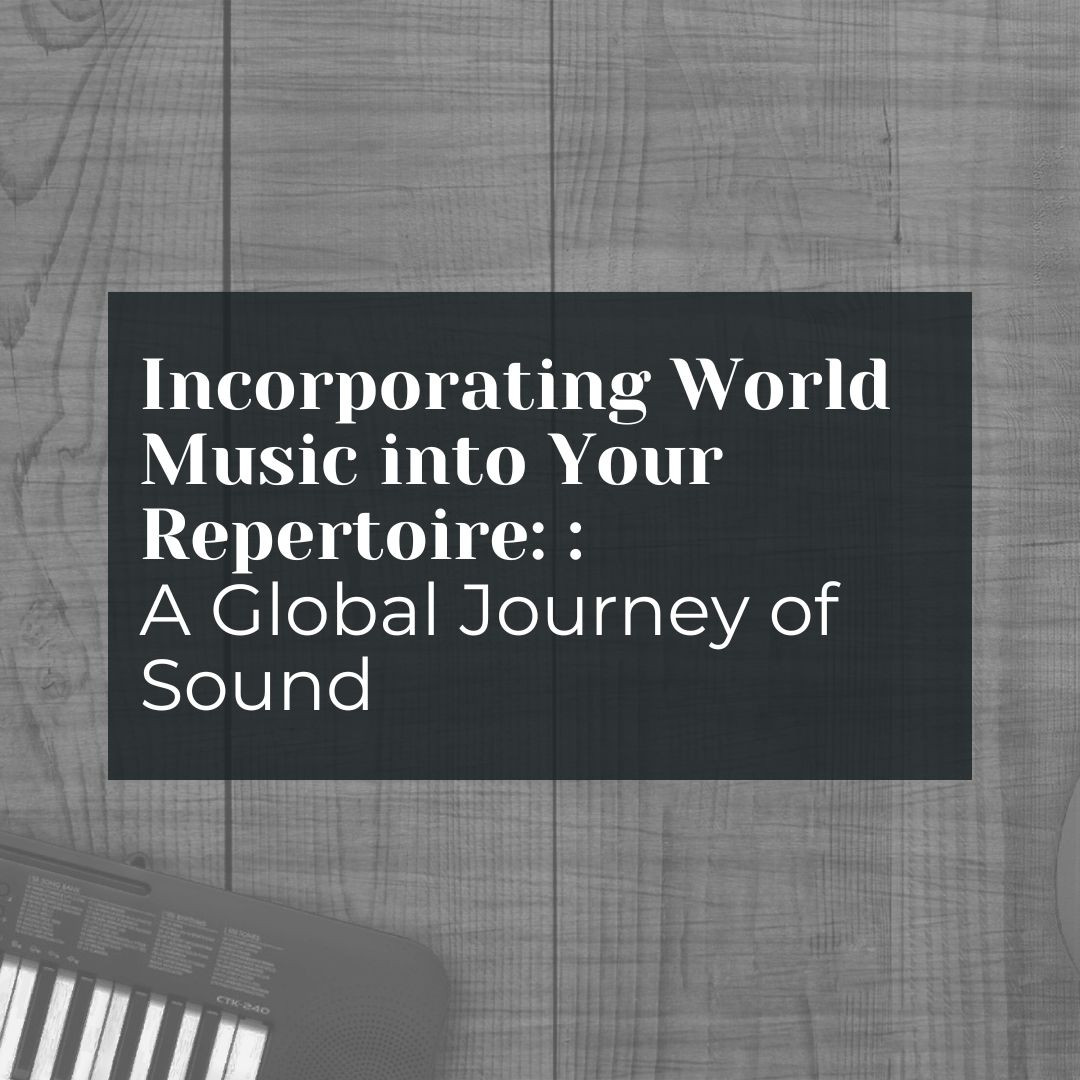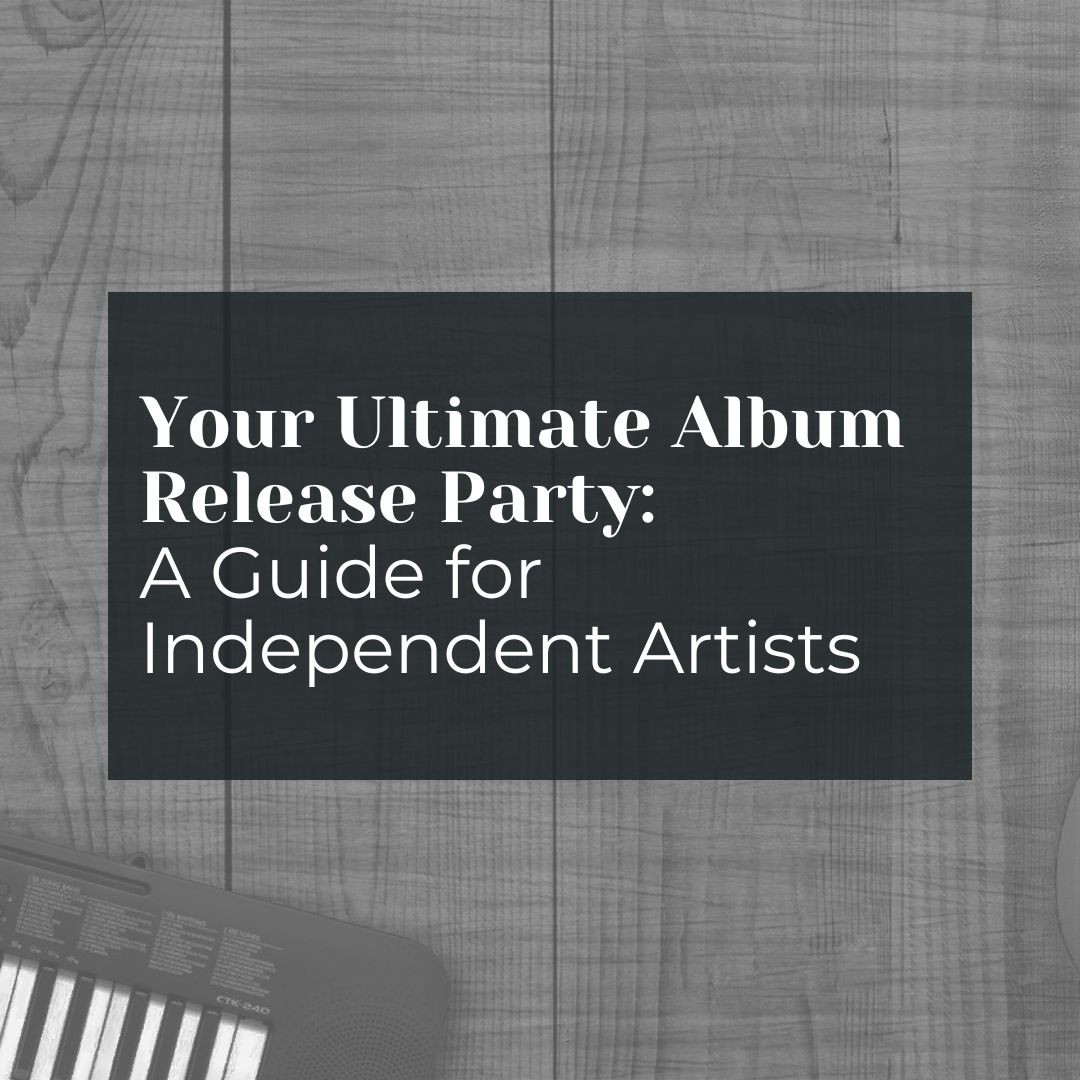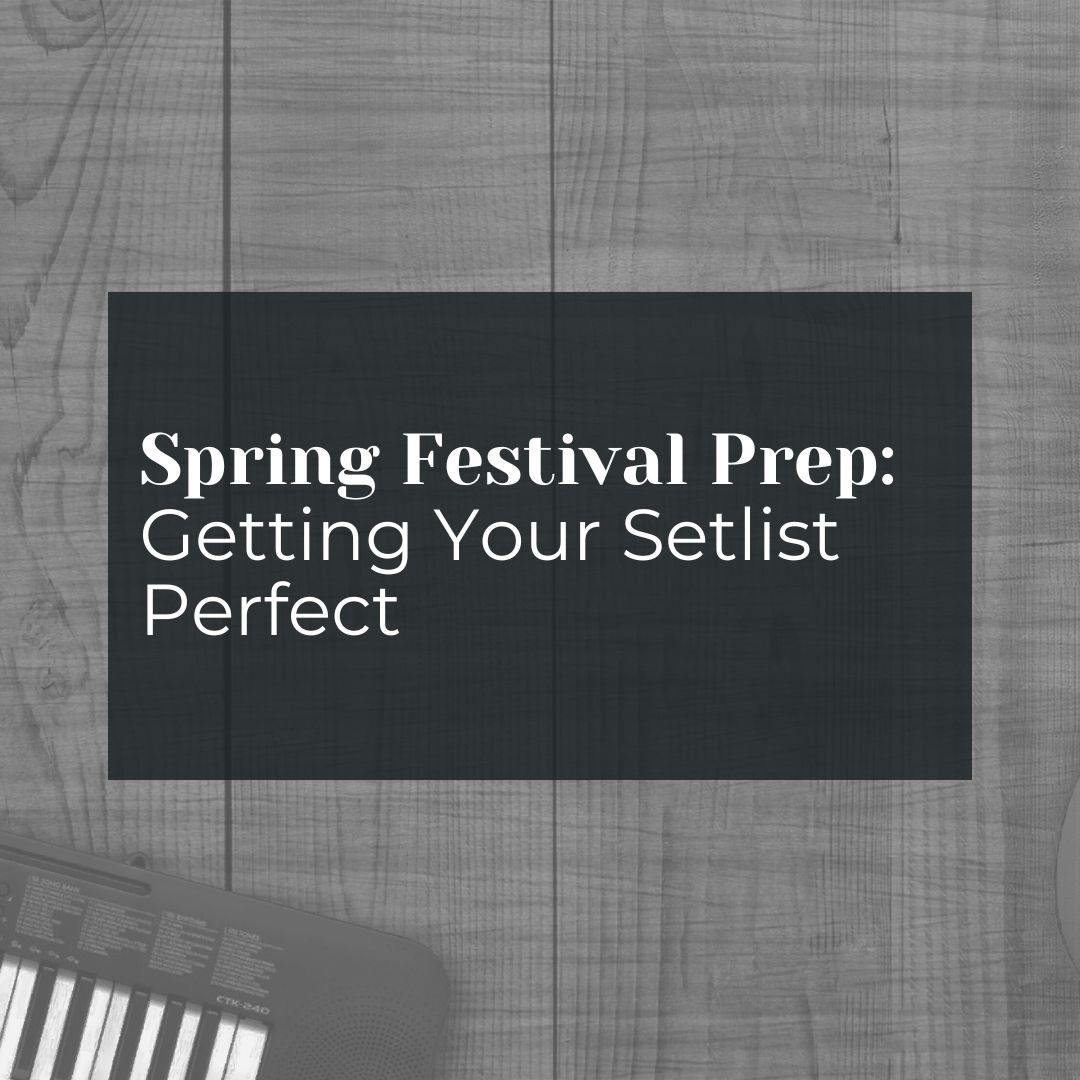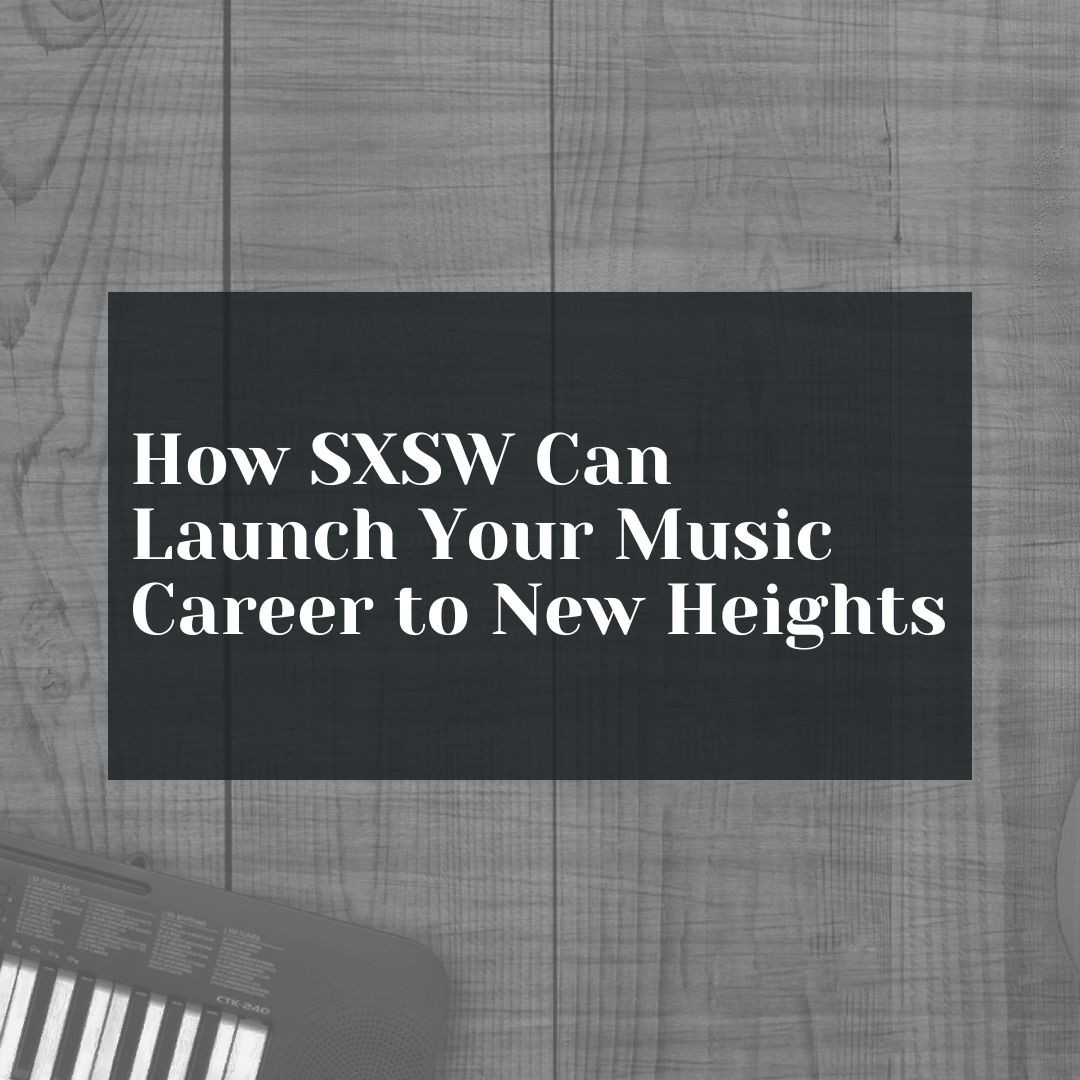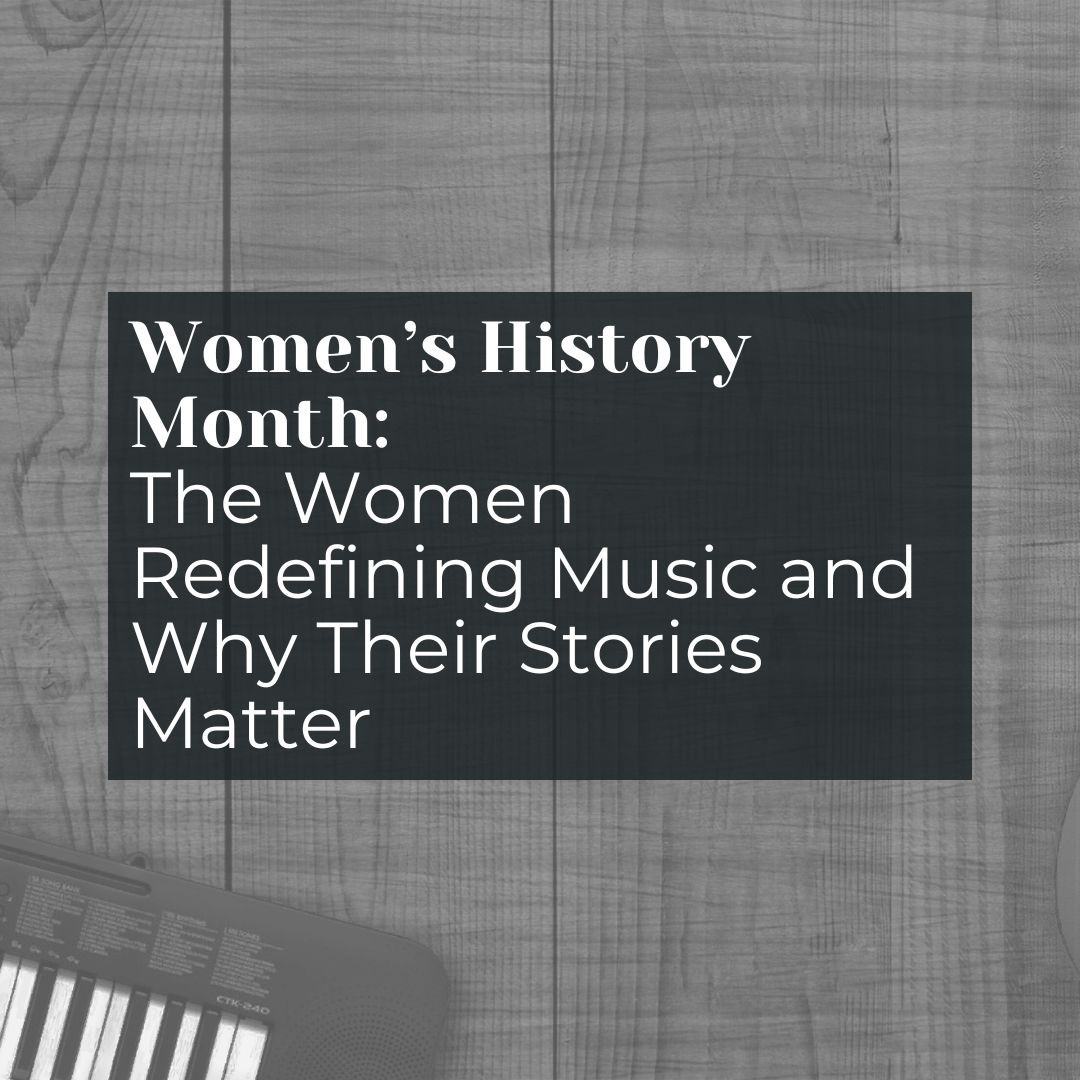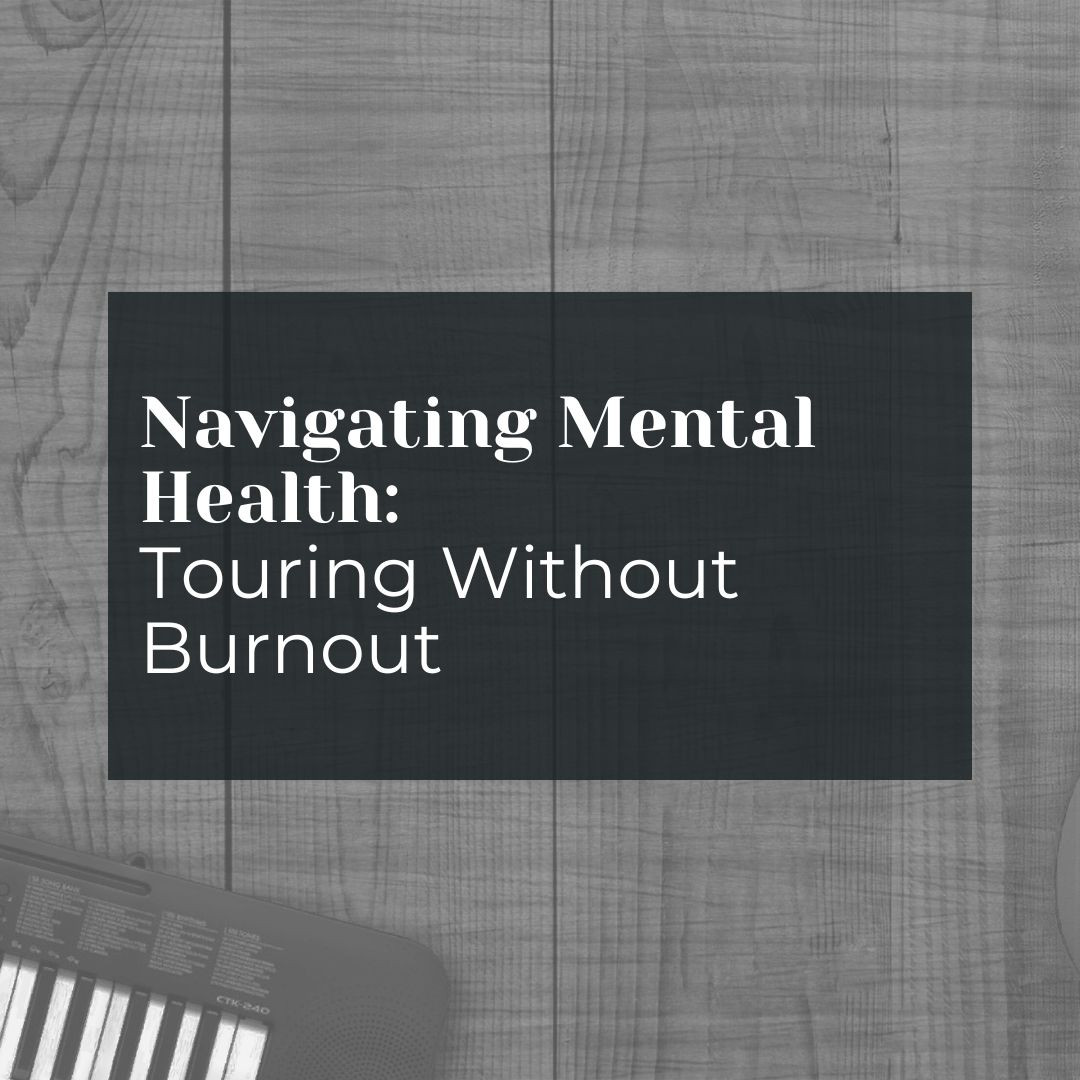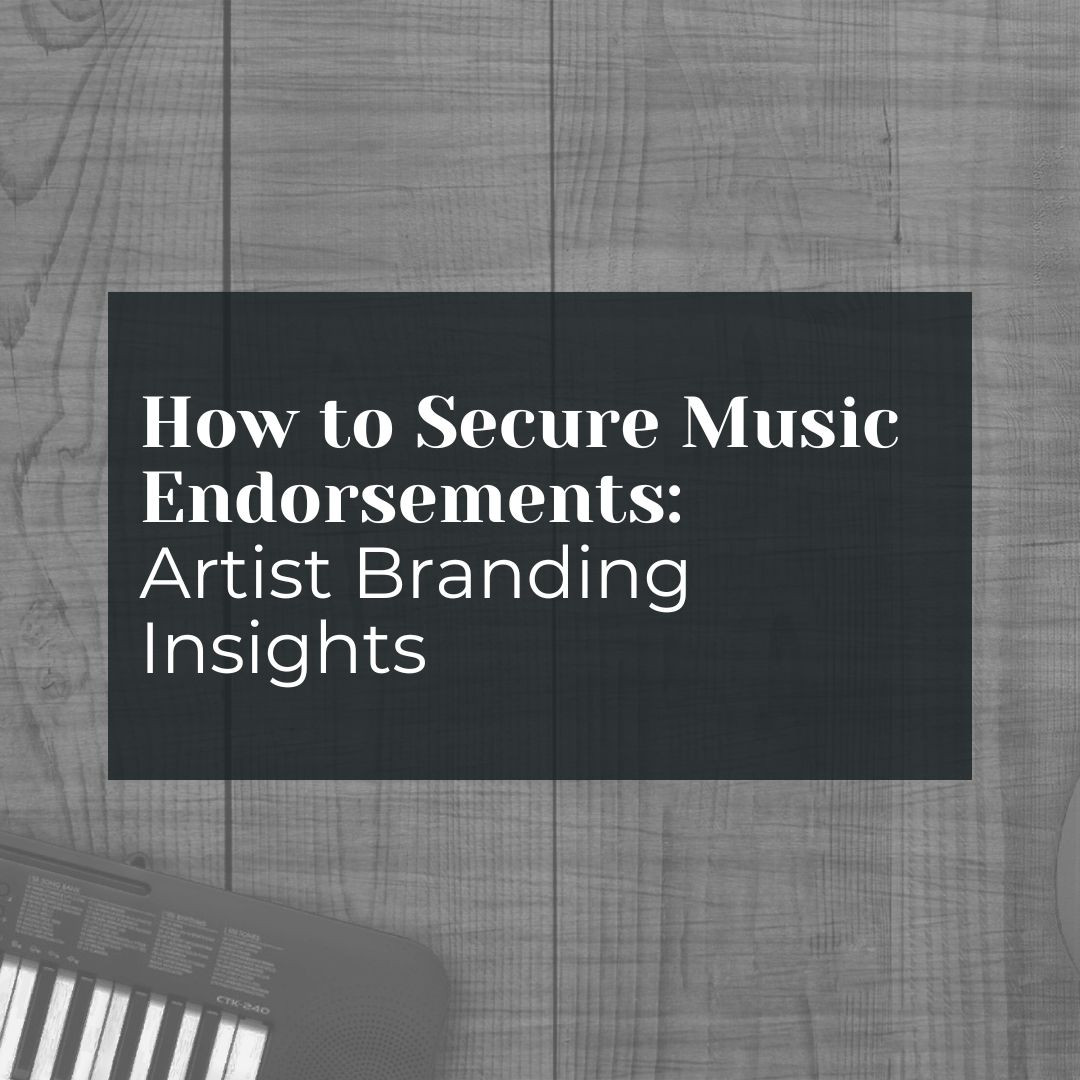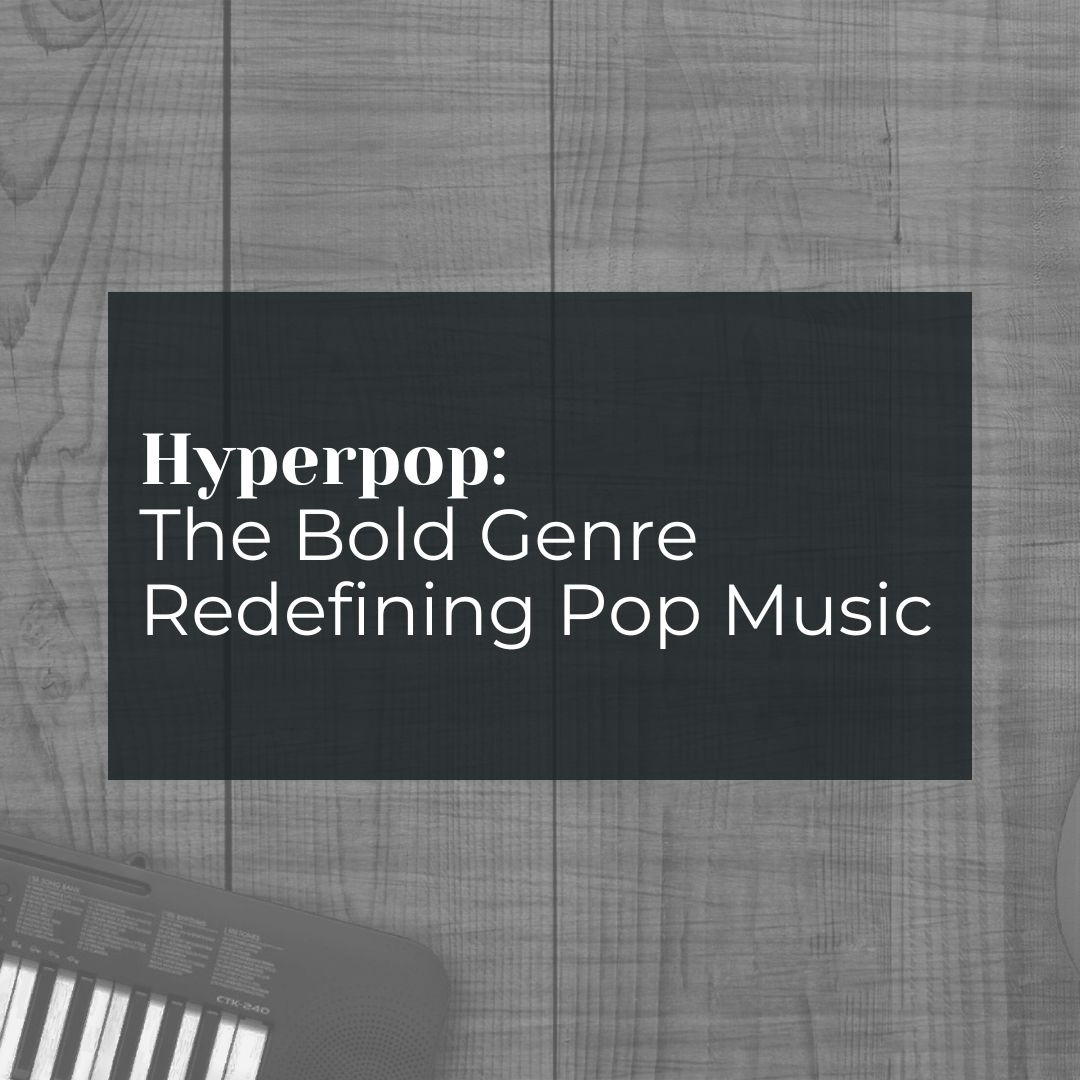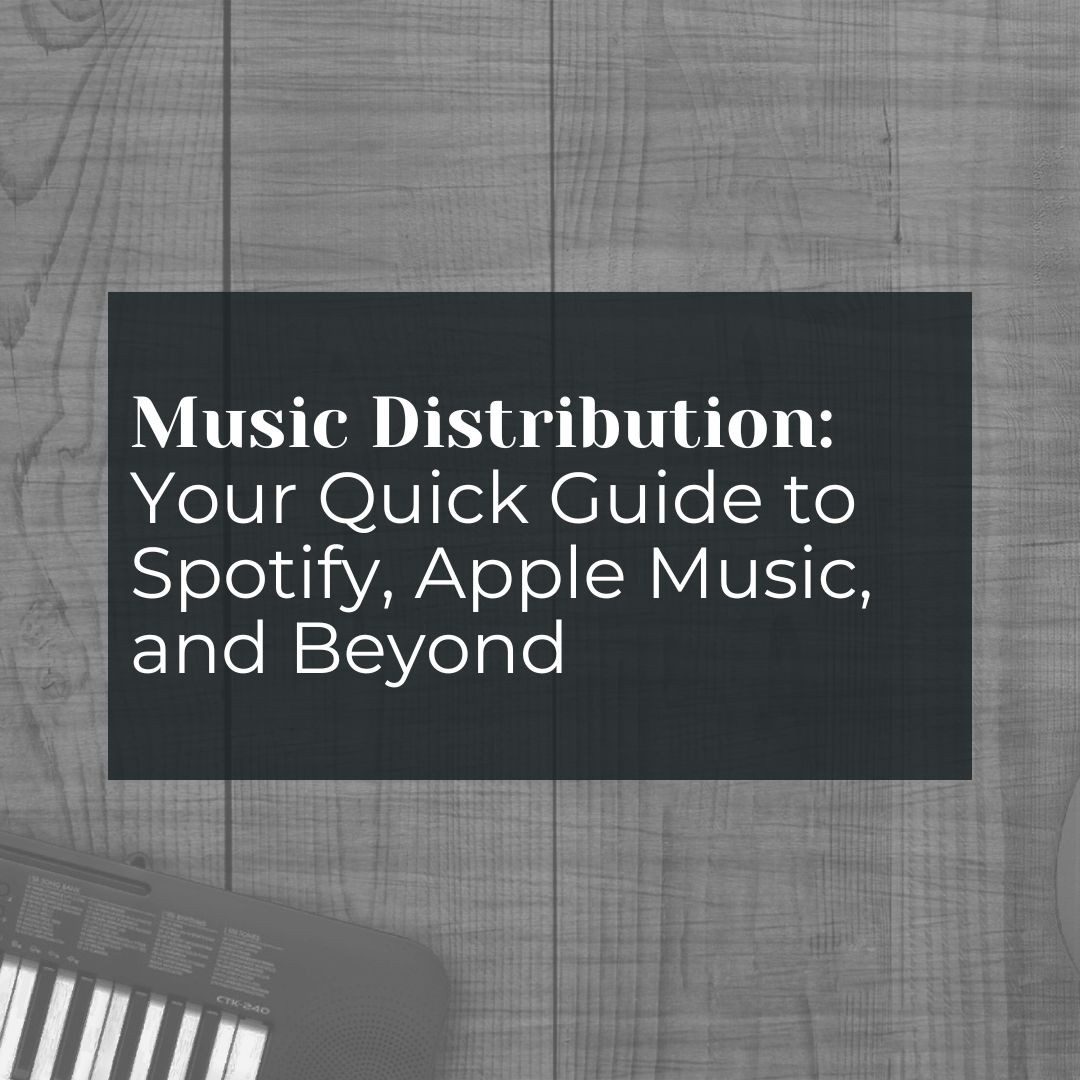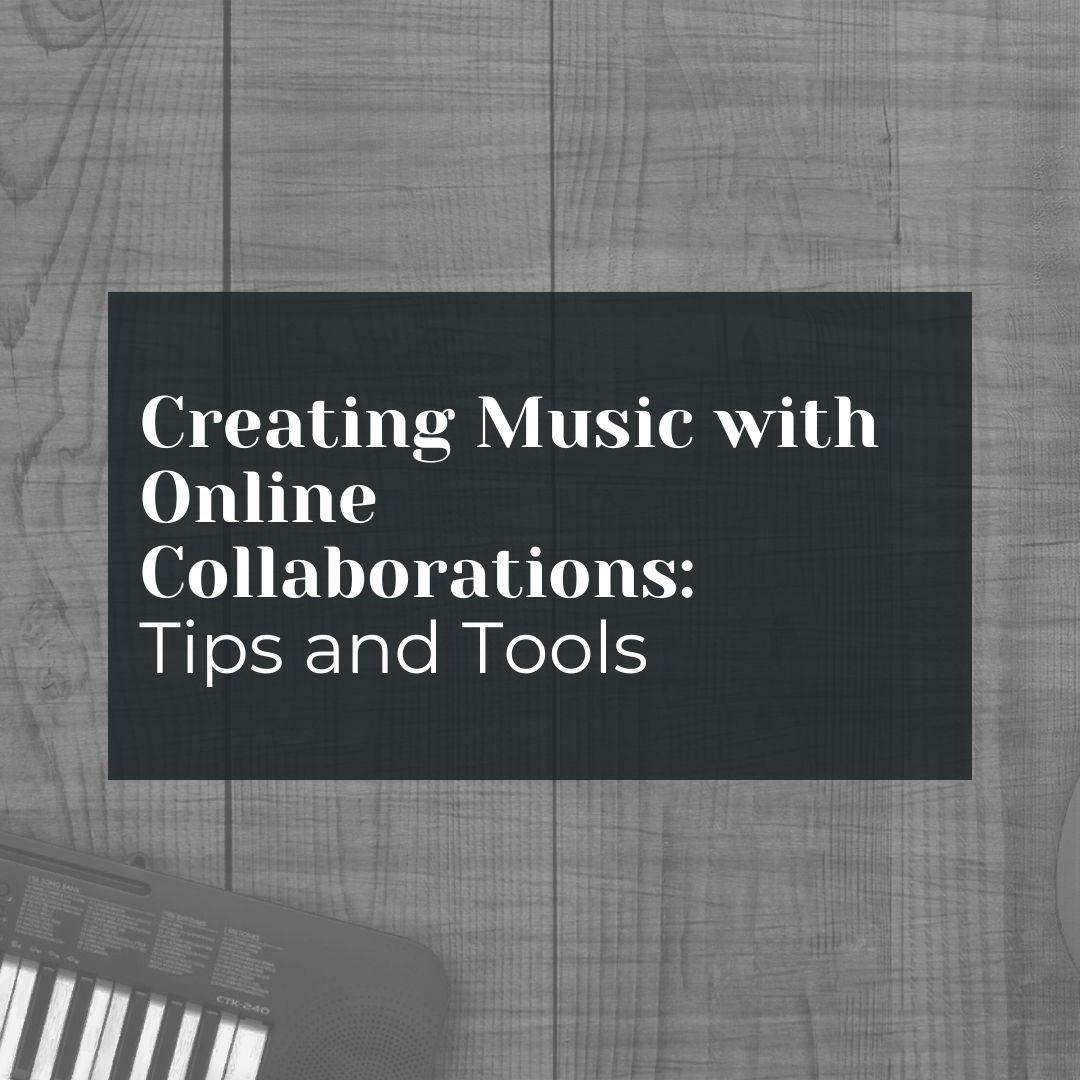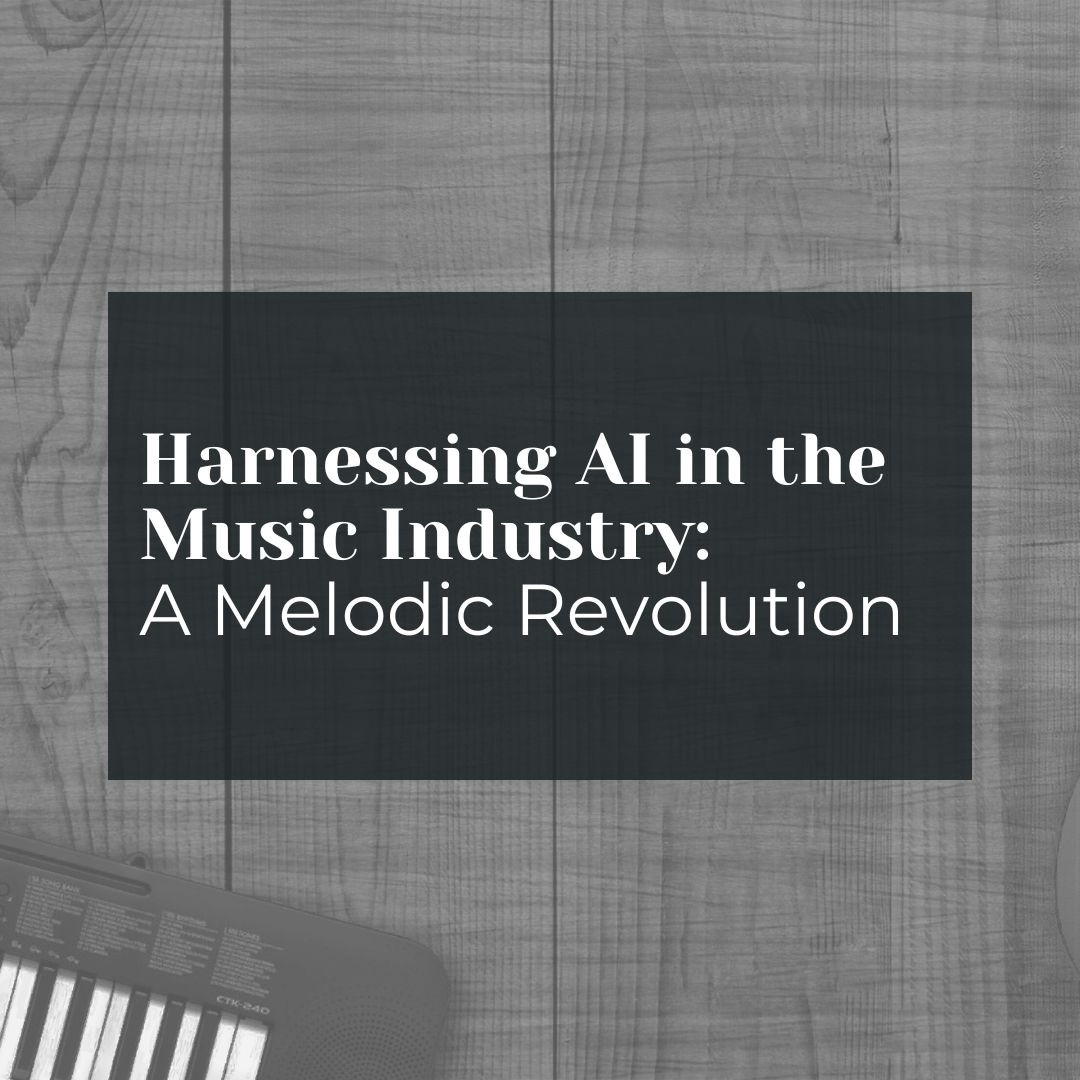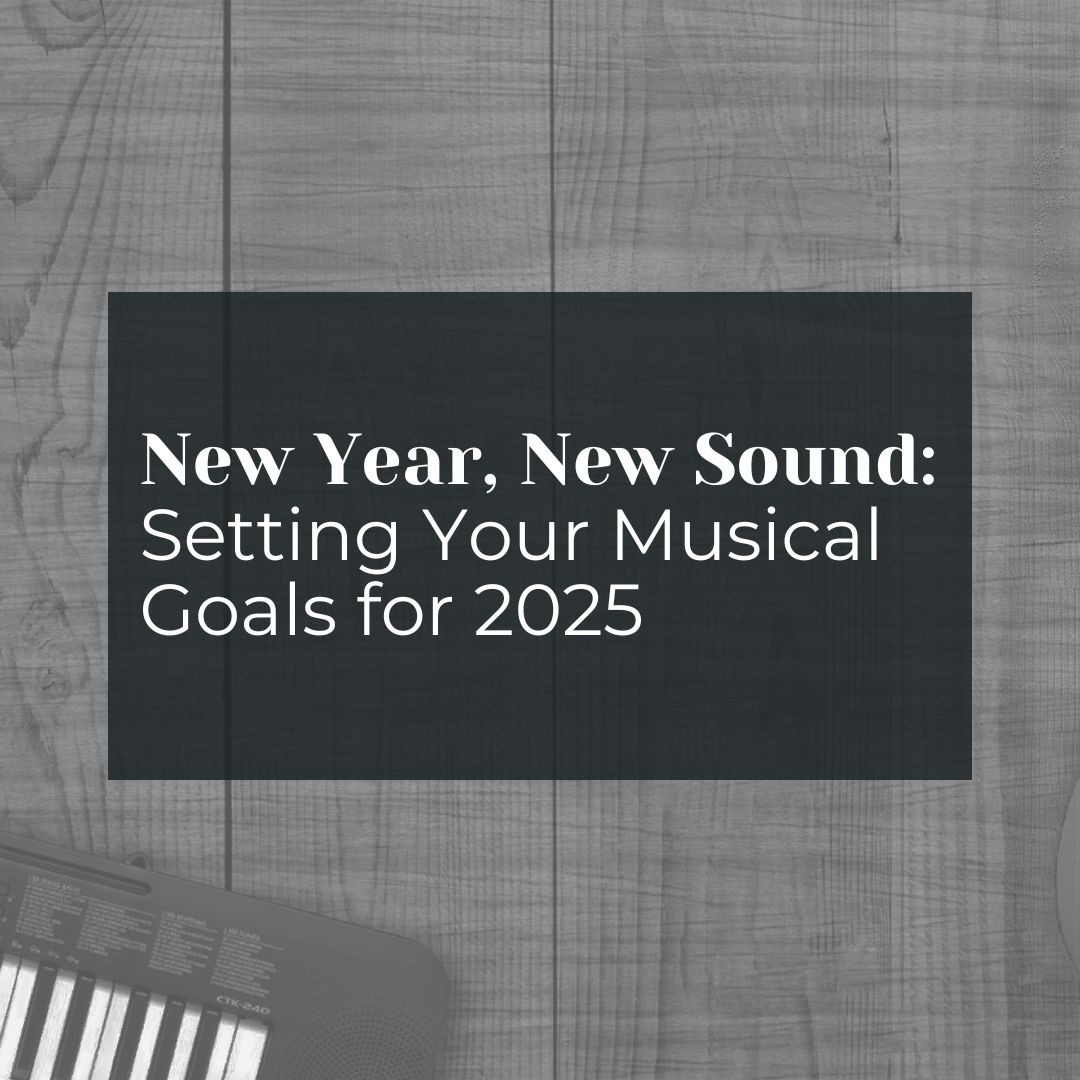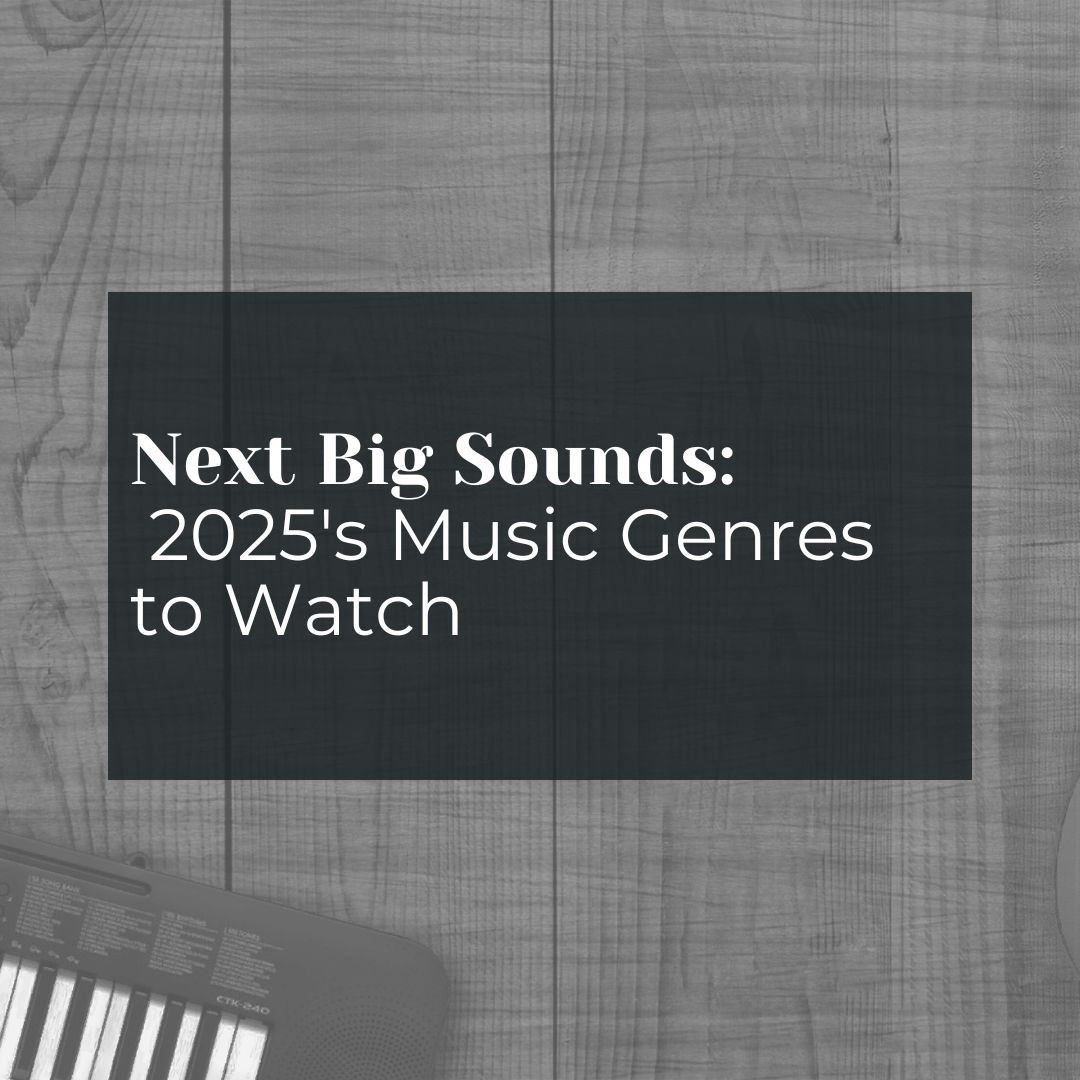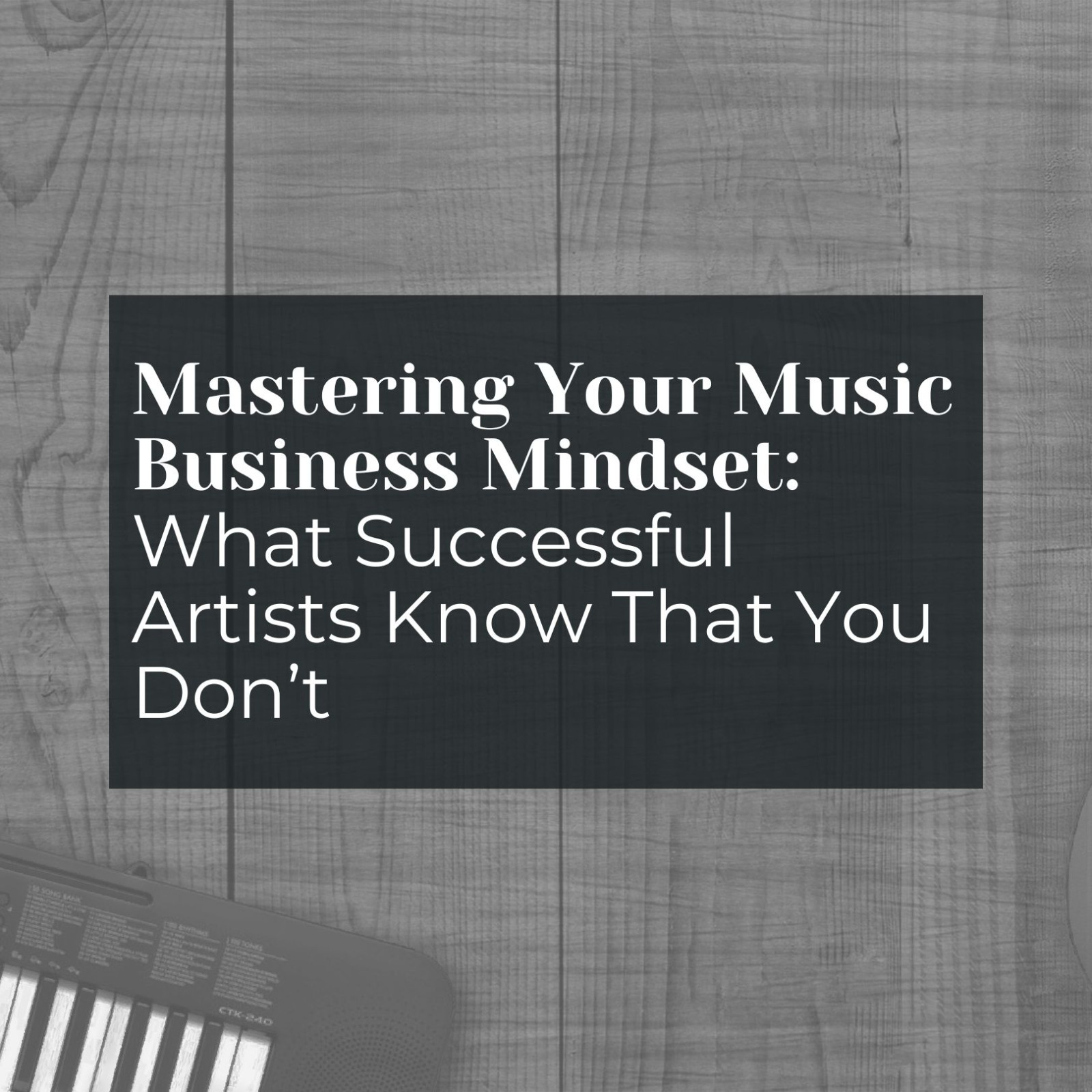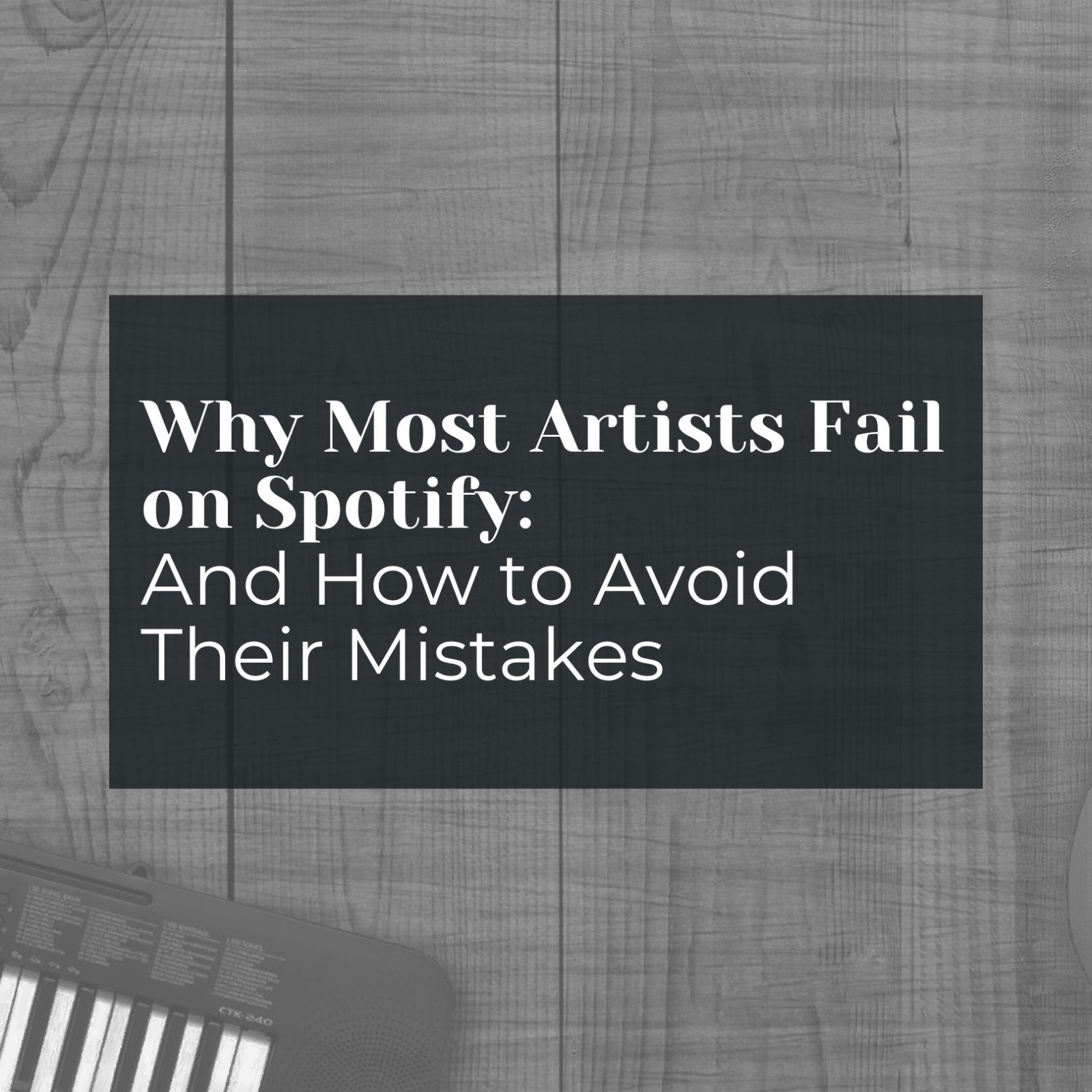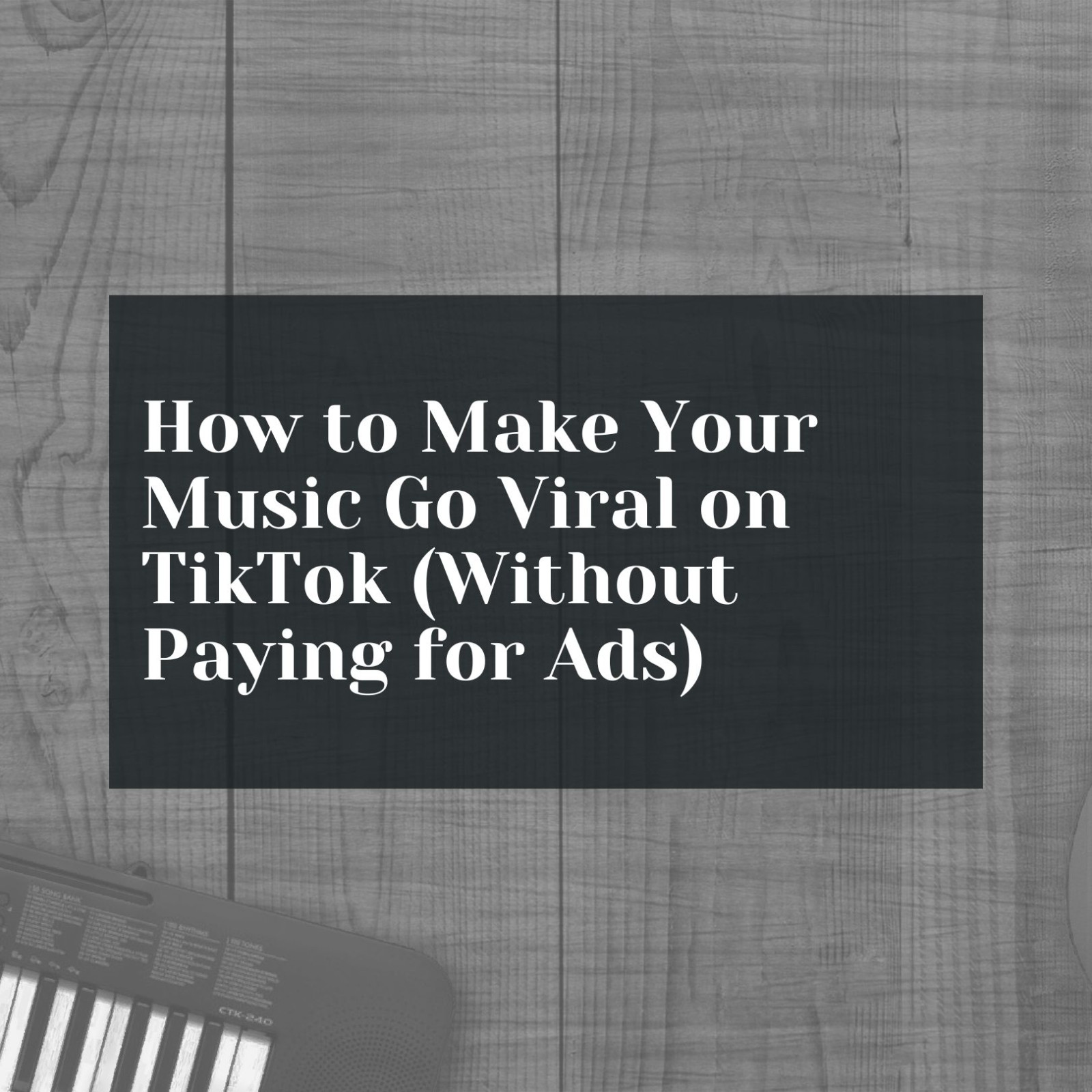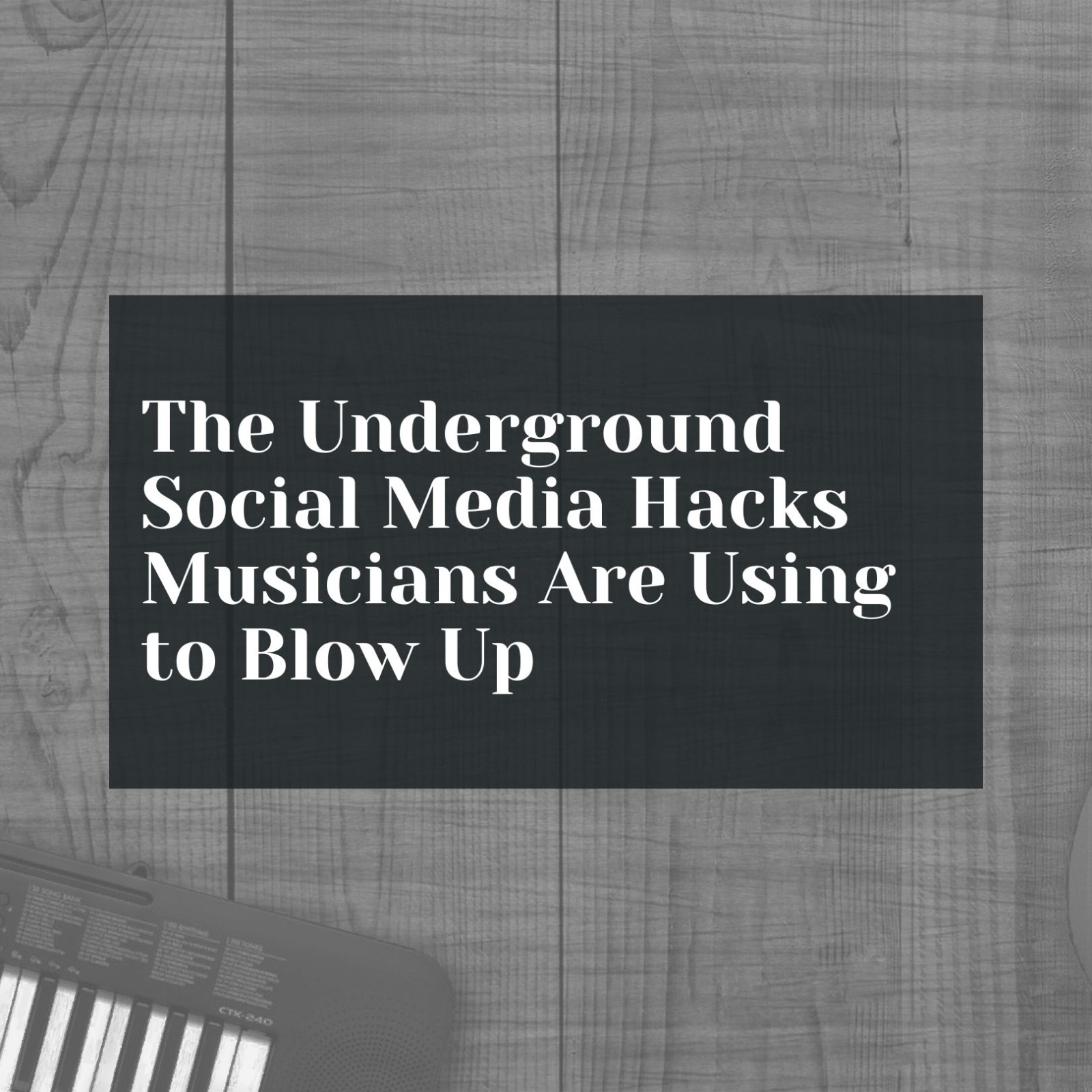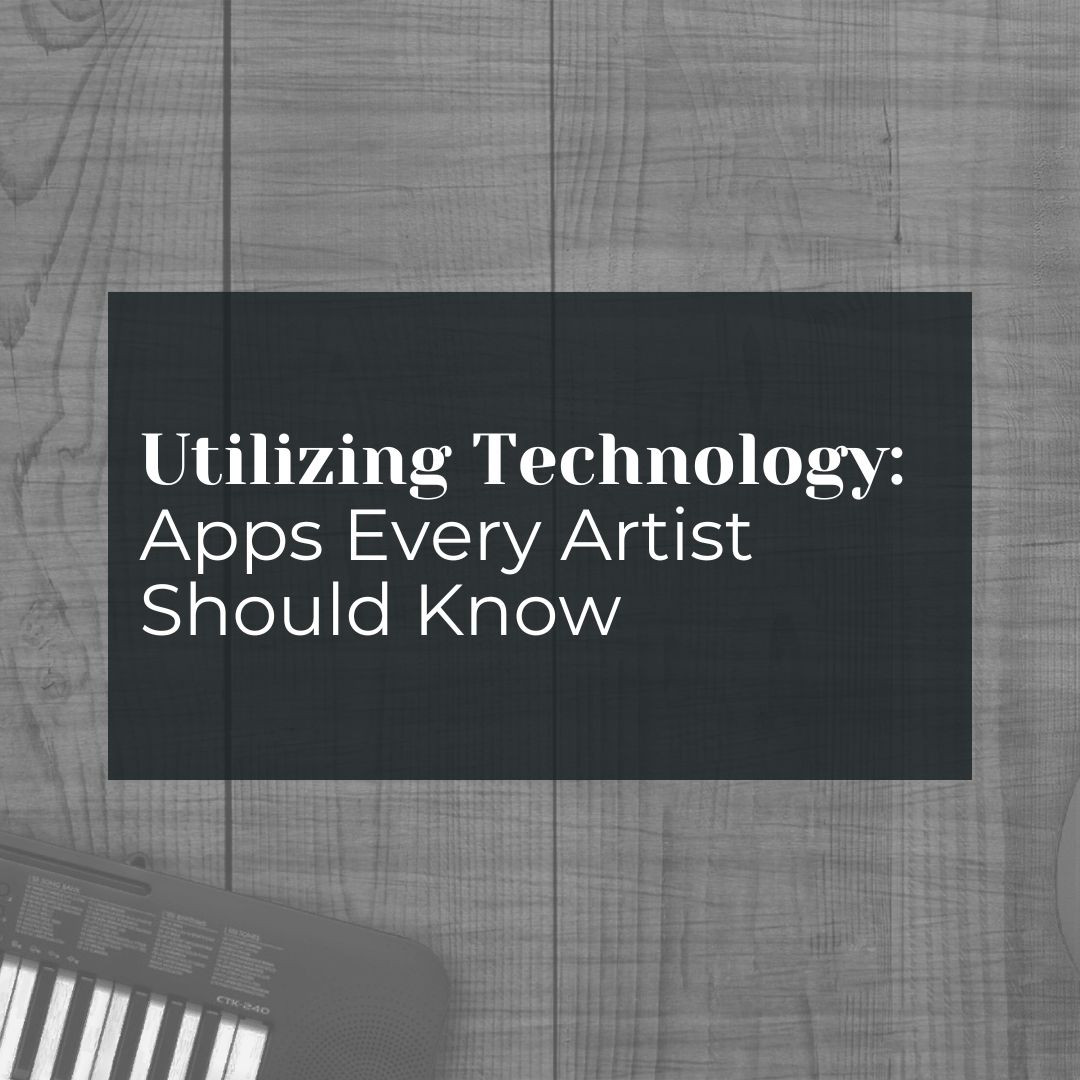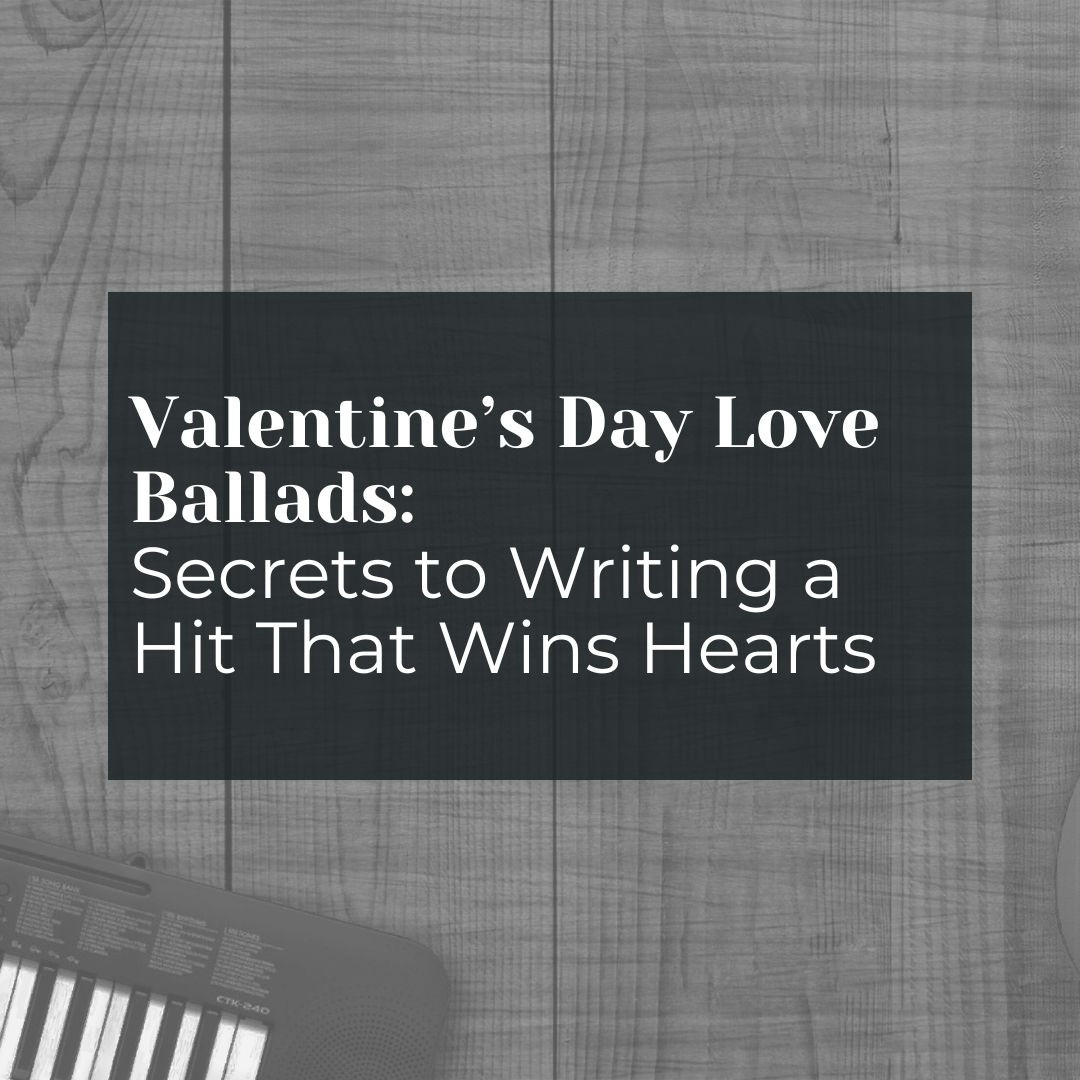
Valentine’s Day has a special kind of magic that makes the world feel a bit more romantic than usual. Chocolate boxes line store shelves, roses seem to pop up on every corner, and suddenly, love ballads rule the airwaves. For musicians and songwriters, this holiday is a prime opportunity to share heartfelt music that resonates deeply. If you’ve ever dreamt of creating a Valentine’s Day anthem that captures pure emotion, you’re in the right place. This guide offers insights on writing love songs that not only speak to the heart but also stand out in a crowded playlist. Let’s explore the art of crafting a memorable ballad that draws listeners in and keeps them pressing “repeat.”
1. Why Valentine’s Day Love Ballads Matter
Valentine’s Day isn’t just about candy hearts and candlelit dinners. It’s a cultural moment that encourages people to express affection in creative ways. Music plays a significant role in setting the tone for romance. When audiences seek that perfect soundtrack for a cozy night in or a heartfelt confession, they look for songs that speak their language of love. By writing love songs tailored for this day, you position yourself to meet that demand. Plus, when a track becomes the backdrop to someone’s cherished Valentine’s memory, it can gain timeless value.
Romantic tunes often evoke powerful emotions. Whether it’s the butterflies of a new crush or the bittersweet memories of a past love, these feelings keep listeners coming back for more. Tying your songwriting to Valentine’s Day can offer a marketing edge too. Listeners actively search for fresh ballads each year, and well-optimized content can help your masterpiece appear front and center in streaming playlists and search results.
2. Understanding the Core Elements of a Love Ballad
Before creating a track that listeners can’t get enough of, it’s wise to examine what makes a love ballad tick. Classic love songs typically blend melody, lyrics, and production in a seamless manner. The melody often leans toward a memorable hook—something listeners can hum or sing along to long after the track ends. This hook becomes the musical anchor, the central motif that ensures the song lingers in people’s minds.
Lyrically, romantic songwriting hinges on authenticity. Listeners crave a personal connection to the emotion behind the words. Whether it’s tender devotion or longing heartbreak, the language of love must feel sincere. Production also matters. Even a minimal arrangement—such as a soft acoustic guitar with gentle vocal harmonies—can create a profound impact if it conveys the perfect tone. The key is balance: no single element should overshadow the others, ensuring a cohesive, soulful experience.
3. Choosing Your Theme: From First Crush to Everlasting Devotion
When writing love songs, consider the many facets of affection. Love isn’t always about that blissful, head-over-heels phase. Sometimes it’s about yearning for someone who doesn’t even know you exist. Other times, it’s about looking back at a long relationship and cherishing the little moments shared over decades. Selecting a specific theme early on helps shape your lyrical and musical direction.
First-crush ballads often have an air of excitement and innocence. Lyrics might highlight nervous energy, shaky hands, or that racing heartbeat when the phone buzzes. Meanwhile, enduring love stories lean on trust, shared history, and deep companionship. Some Valentine’s Day favorites even focus on longing and heartbreak, resonating with listeners who find themselves alone on a day traditionally reserved for couples. Remember that sincerity wins. If you choose a theme you truly relate to, the honesty will shine through and connect with your audience.
4. Crafting Compelling Lyrics That Tug at Heartstrings
Words can be the difference between a pleasant tune and a show-stopping ballad. The most memorable love songs use vivid imagery to paint pictures in the listener’s mind. Instead of saying “I love you so much,” consider a descriptive approach: “My pulse skips two beats whenever your smile lights the room.” This style invites the listener into a specific moment, making it more personal and unique.
Another important aspect is storytelling. A verse that narrates a sweet memory, such as a midnight conversation in a parked car, can hook your audience by letting them relive that scene with you. The chorus then serves as your grand statement—the universal truth or emotional high point that listeners can belt out in their own cars. Pay attention to rhyme and rhythm, but never force them at the expense of meaning. Authenticity is your best friend when it comes to writing love songs that truly resonate.
5. Structuring Your Ballad for Maximum Impact
A standard love ballad often follows a familiar structure: verse, pre-chorus, chorus, verse, pre-chorus, chorus, bridge, final chorus. This layout is popular because it creates a sense of build-up, climax, and resolution. However, don’t feel locked into one approach. Some of the most iconic Valentine’s Day tunes break tradition, yet still capture hearts by ensuring each section serves a purpose.
The verse lays the groundwork for your story or emotion. The pre-chorus can add tension or anticipation, leading listeners straight into the big reveal: your chorus. The chorus is where your main melody and central emotion thrive. It should feel like a release—a moment that’s easy to sing along to, even for first-time listeners. Then there’s the bridge, which can offer a fresh perspective or emotional twist, keeping the track from sounding repetitive. Concluding with a final chorus gives your audience a chance to savor that heartfelt sentiment one last time.
6. Finding Chord Progressions That Enhance Emotion
Although lyrics deliver the narrative, chord progressions set the emotional undercurrent. Love ballads often use progressions like I-V-vi-IV (in Roman numeral notation) because they evoke a warm, comforting tone. Another staple is ii-V-I for that subtle hint of jazziness and resolution. That said, you’re not limited to these. Experiment until you land on a progression that suits “the perfect tone” of your theme.
Minor chords can bring a sense of melancholy or longing, while major chords usually sound uplifting. Using a blend of major and minor chords can add emotional depth. For instance, a verse that starts in a minor key can signal introspection or vulnerability, while a shift to a major key in the chorus can offer an uplifting release of hope or longing. This contrast keeps listeners emotionally engaged, mirroring the ups and downs of love.
7. Shaping the Melody and Vocal Delivery
Vocal melodies in love ballads often climb to higher pitches during the chorus, reflecting an emotional climax. This dynamic shift can make the chorus feel bigger and more powerful. Experiment with intervals, leaps, and runs that challenge the voice just enough to highlight the sentiment without making it sound forced.
The vocal delivery is crucial. Audiences can sense genuine emotion in a singer’s voice. Consider the difference between a softly whispered confession in the verses and a soaring belt in the chorus. That dynamic interplay can emphasize the lyrics’ message. If you’re working with a featured vocalist, collaborate closely to ensure the melody fits their range and style. The more natural it feels for the singer, the more authentic it will sound to the listener.
8. Adding Unique Elements for a Modern Twist
Classic Valentine’s Day ballads can sound timeless, but standing out in a sea of love songs calls for a signature twist. Maybe it’s an unexpected instrument choice, like a subtle electronic beat under a piano-driven track. Or it could be a rhythmic pattern that borrows from different genres, such as R&B or Latin music, while still maintaining a romantic core. Listeners love a fresh take on something familiar.
Lyrics can benefit from this modern twist, too. While traditional love ballads might lean on poetic language, incorporating contemporary references or slang can make your track more relatable to today’s audience. Just be careful not to overdo it, as too many trendy phrases might date your song. Balance is key. You want a track that feels current but remains meaningful for years to come.
9. Achieving the Right Production Style
Production can make or break a love ballad. Even the most beautifully written song can fall flat if the production doesn’t do it justice. Start by identifying the mood you want. If you’re aiming for a soft, intimate feel, consider gentle acoustic instruments and minimal percussion. Alternatively, a grand, cinematic vibe might call for lush string arrangements and powerful drum accents.
Balance each layer thoughtfully. A well-placed cello line can add warmth, but stacking too many instruments can clutter the emotional message. Use reverb and other effects sparingly to create a sense of space without overshadowing the vocals. The goal is to enhance your lyrics and melody, not compete with them. In the end, your track should feel cohesive, delivering “the perfect tone” from start to finish.
10. Collaborating with the Right People
Love ballads often benefit from collaboration, whether it’s a co-writer who excels at melody or a producer who intuitively understands how to spotlight the emotion in your song. Working with others can expand your creative horizons and introduce elements you might not have considered. This approach can keep your ideas fresh and push you beyond your comfort zone—always a bonus when writing love songs that need to stand out.
Seek collaborators who are as passionate about the project as you are. A shared vision fosters chemistry in the studio (or over online sessions) and translates into the final product. Make communication a priority by clarifying expectations and artistic direction early on. Once the song is complete, celebrate the joint effort. Every collaborator will want to support the release because they had a stake in its success.
11. Polishing Your Song with Mixing and Mastering
You’ve written heartfelt lyrics, nailed a captivating melody, and locked in your arrangement. Now it’s time to polish the track to professional standards. Mixing is where each element finds its place in the sonic landscape. Vocals should sit front and center, ensuring every word of your emotional story is heard clearly. Instruments need space to shine without overpowering the star of the show—your message of love.
Mastering comes next, adding that final touch of sparkle and consistency across all playback systems. A well-mastered ballad will sound just as dreamy on a pair of cheap earbuds as it does on high-end studio monitors. If you’re not familiar with the mixing and mastering process, consider hiring a professional who understands your genre. This final stage can differentiate a demo from a radio-ready track.
12. Strategizing Your Release and Promotion
Writing love songs for Valentine’s Day means timing is everything. Plan your release to align with the season of love, allowing enough lead time for any promotional activities. Once you have a release date in mind, ramp up excitement through social media teasers and behind-the-scenes previews. Show glimpses of your creative process, from studio sessions to lyric scribbles, to build anticipation and establish a connection with your audience.
Leverage streaming services by pitching your song to curated Valentine’s Day playlists. Reach out to music blogs and publications that specialize in romantic or holiday-themed content. You can even collaborate with influencers who share stories about love and relationships, offering your new track as a soundtrack for their posts. The more visibility your ballad gets, the higher the chance of it becoming someone’s go-to Valentine’s Day jam.
13. Engaging Your Audience with Authenticity
Modern listeners crave authenticity. They want to feel that the person behind the microphone is real. Use social media to start conversations about love and relationships. Ask your followers to share their favorite love lyrics or the story behind their most cherished romantic memory. This level of engagement makes your audience feel invested in your music. When you drop that Valentine’s Day ballad, they’ll already be emotionally connected.
Live performances—whether in person or via livestream—can also boost your rapport with fans. A stripped-down acoustic set featuring your latest ballad creates an intimate vibe. Encourage listeners to dedicate the song to someone special, adding an interactive element that deepens their connection to your music. Over time, these experiences can build a loyal fan base that eagerly awaits your next romantic release.
14. Common Mistakes That Undermine a Great Love Ballad
Even the most creative efforts can stumble into pitfalls. Here are a few common oversights:
- Cliché Overload: Overusing phrases like “I can’t live without you” or “my heart beats only for you” can dilute the impact. Aim for fresh, authentic lines that capture your unique perspective.
- One-Dimensional Storytelling: A love ballad should have at least one twist or surprising detail. It’s the unexpected line or nuance that makes listeners take notice.
- Excessive Melodrama: While high emotion is vital, too much can feel forced. Find the sweet spot between passion and authenticity.
- Unpolished Production: A rushed or muddy mix can overshadow even the most heartfelt lyrics. Polish your track to ensure it shines in any setting.
15. Lasting Motivation for Your Valentine’s Day Masterpiece
Writing love songs is a chance to share something deeply personal. Valentine’s Day amplifies that sentiment, making listeners more receptive to your message. Embrace the warmth of this holiday by trusting your instincts and letting genuine emotion guide your pen (or keyboard). Whether you’re expressing tender hope, fiery passion, or the bittersweet twinge of heartbreak, remember that sincerity resonates most.
You have a unique voice—one that deserves to be heard. Keep chasing that sound that sets your own heart on fire, and rest assured that someone out there needs the very song you’re crafting right now. Each new creation is an opportunity to touch lives and bring people closer. So keep that momentum, nurture your creativity, and remember that the songs you write can become the backdrop for countless Valentine’s moments.
In the end, a love ballad’s true power lies in its capacity to connect. If you believe in your melody, your story, and your heart’s message, listeners will believe it too. Keep going, keep refining, and keep reaching for that timeless track that leaves them with goosebumps. You’ve got this!
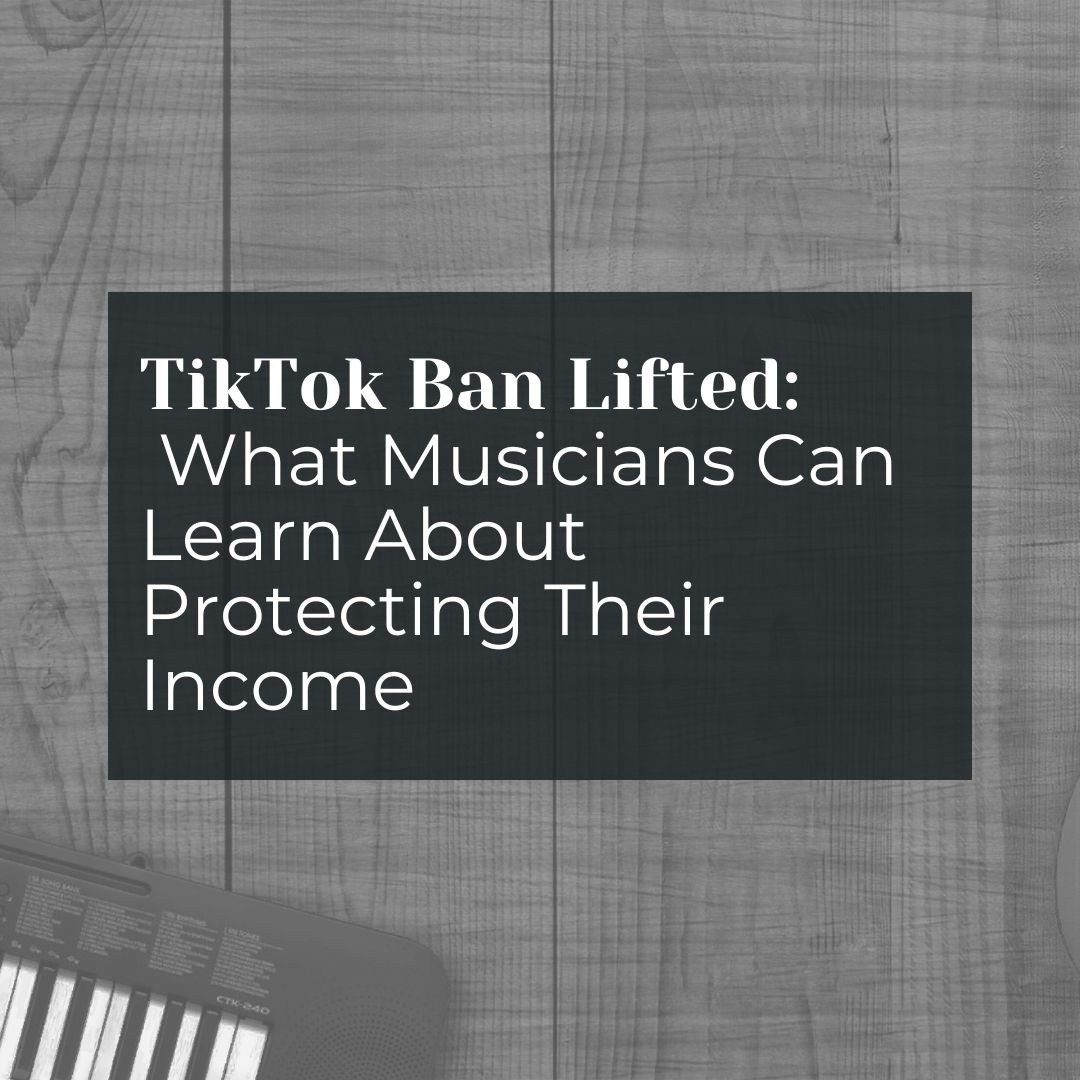
Life became a whirlwind for musicians when the TikTok ban came around. Those who depended on the platform for promotions and revenue faced an unexpected jolt, wondering how to stay connected with fans and keep the money flowing. Then, almost as quickly as it began, the ban was lifted. While TikTok is back in action, that short-lived turmoil served as a strong wake-up call: counting on just one platform can leave your music career on shaky ground.
If there’s one big lesson here, it’s that musicians need more than a single revenue source. This article will walk through how to safeguard your music income and why diversifying matters so much. No one wants to get blindsided by the next platform crisis, and with the right planning, you won’t have to.
Read more...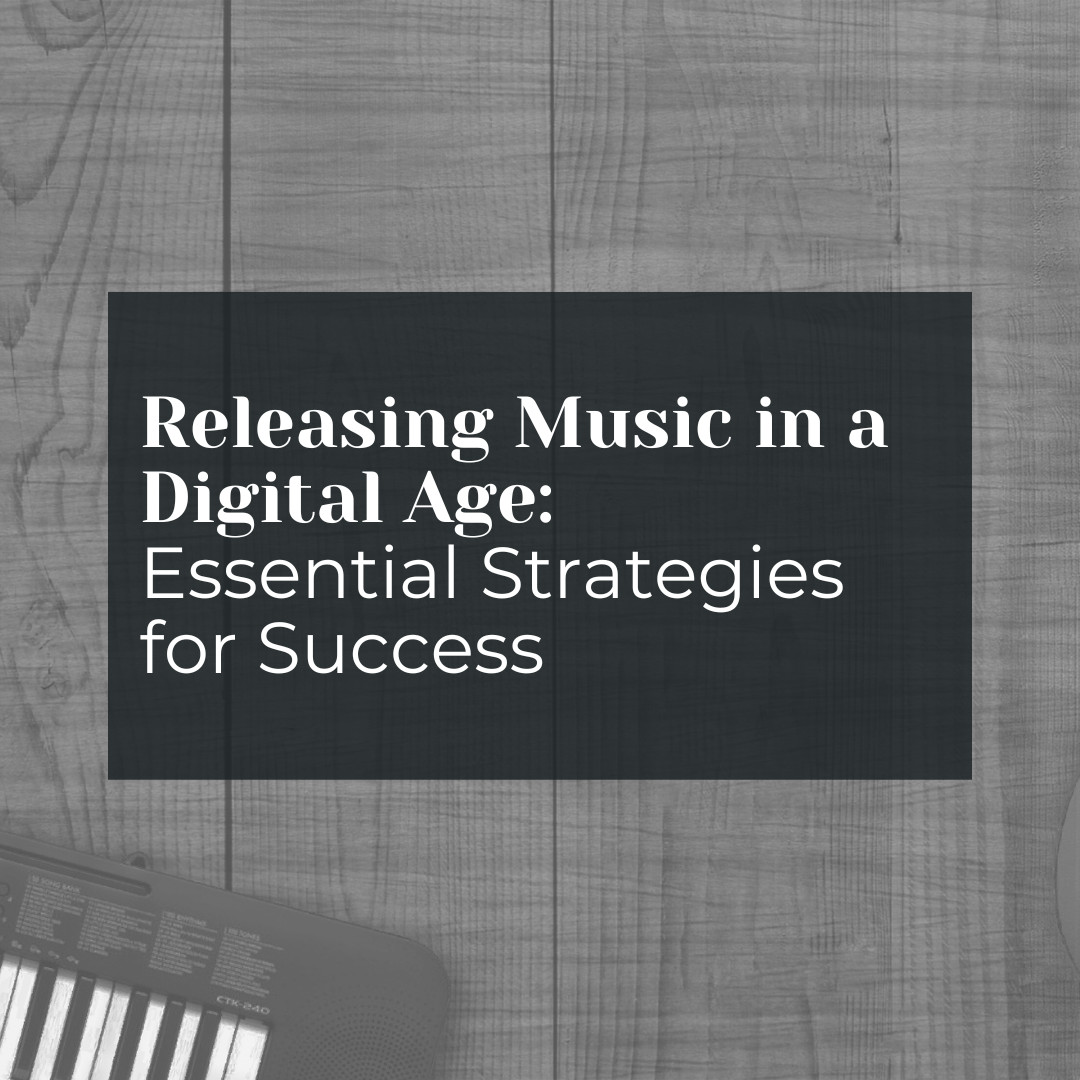
Struggling to navigate the music release maze? Simplify your path to success with this no-nonsense guide to releasing music. Pinpoint the right release date, master the art of promotion, understand the rights and royalties, and extend your digital reach. Prepare to elevate your tracks from studio to spotlight with confidence.
Key Takeaways
- Releasing music on Fridays can align with industry trends, maximize chart potential, and improve playlist placement opportunities on platforms like Spotify.
- Developing a comprehensive music release blueprint, including a well-planned marketing campaign and legal preparations, is crucial for track visibility and rights management.
- A strong social media presence, engaging visuals, and securing the right distribution service are essential to building a fanbase, enhancing brand recognition, and ensuring music reaches a wide audience.
Choosing the Optimal Release Day
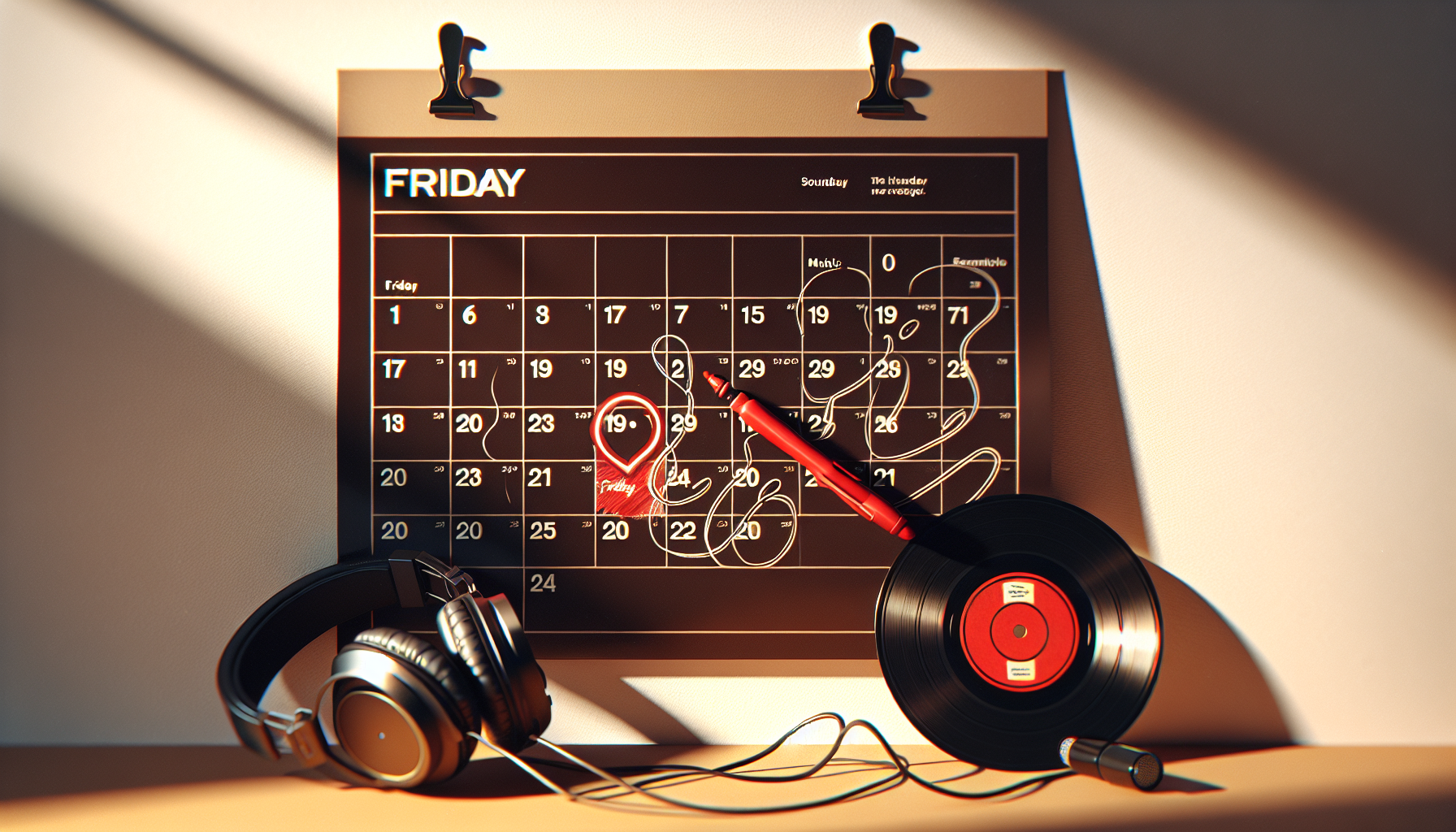
Choosing the day to release your music can significantly impact its success. Yes, Fridays are the magic days, aligning with Billboard’s tracking period and maximizing your chart positioning. Even consumer preferences lean towards new music on Fridays and Saturdays. So, what’s the strategy? Aim for a Friday release, and you might just land a spot on Spotify’s New Music Friday playlist, giving you increased exposure opportunities.
Consider planning your music release in line with current trends and algorithmic boosts, particularly on platforms such as Spotify, where new music releases are constantly promoted.
Countdown to Release
Before your music hits the airwaves, there’s a lot of groundwork to be done. Here are some steps to follow:
- Have a set release date to establish a structured timeline and set deadlines for different tasks.
- Start the countdown about two weeks before the release, ramping up momentum with focused social media activity.
- Engage superfans and build excitement leading up to the release.
- Prepare ‘Day Of’ promotional materials to maximize visibility and impact.
Remember to take into account factors like potential Billboard charting and inclusion in editorial playlists, both favoring Friday releases. Having a thorough release schedule ensures that there is enough time for all the pre-release activities, which can enhance the success of your new release.
Harnessing Hashtags
The digital age has blessed us with hashtags—a powerful tool to increase engagement and reach on social media platforms. Did you know that including a hashtag in an Instagram post can give you 12.6% greater engagement than without? A pro-tip here: when using multiple words in a hashtag, capitalize the first letter of each word for better readability. And remember, quality over quantity—use at least one hashtag per post, but no more than ten to avoid clutter.
Use trending music-related hashtags and popular music hashtags like #NewMusicFriday and #InstaMusicVideo for greater exposure. Better yet, create custom hashtags for your tracks, albums, or artist identity to promote brand consistency. Harness the power of hashtags across platforms like Twitter and TikTok to broaden your promotion scope.
Crafting Your Music Release Blueprint
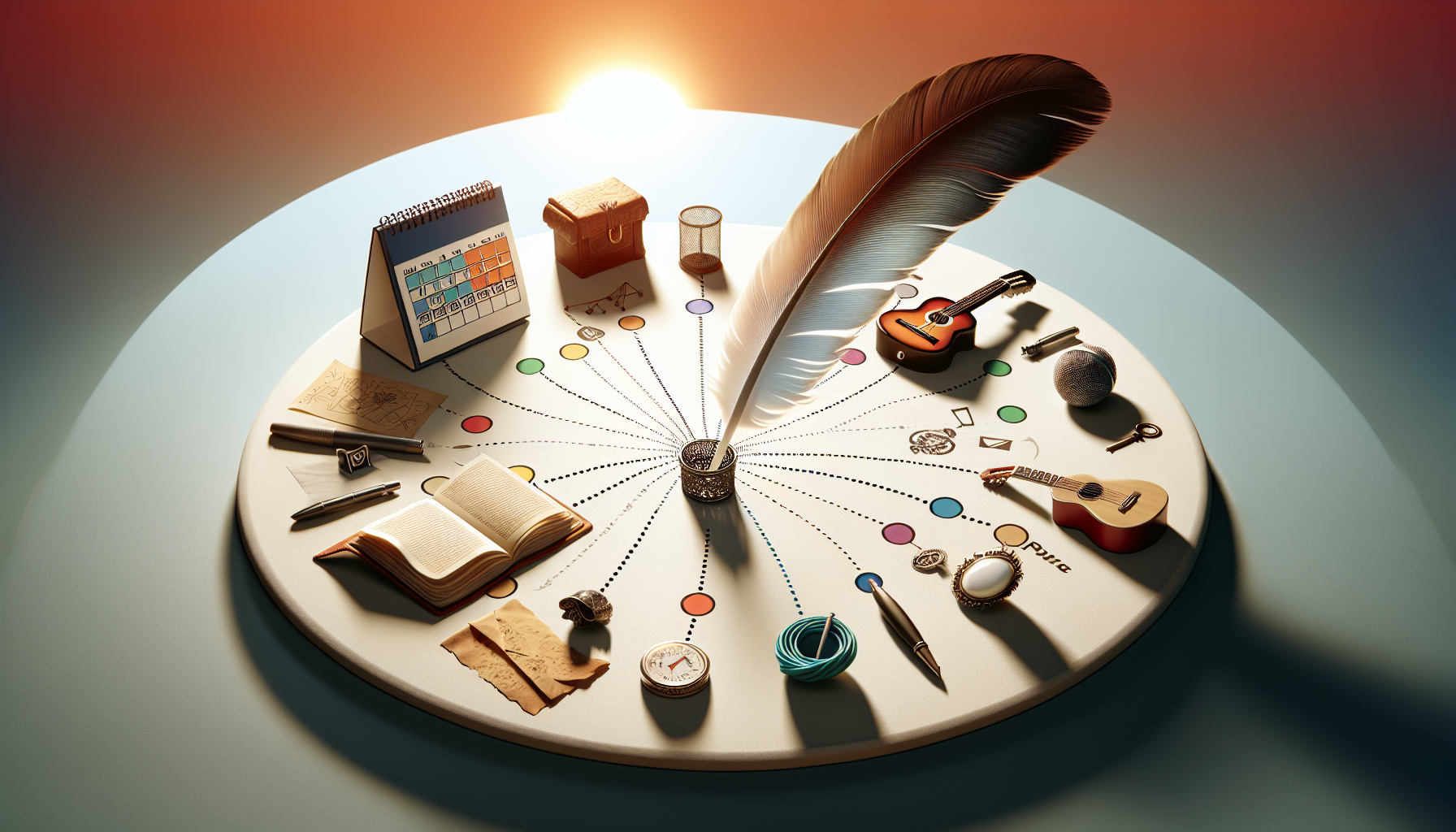
With your release date and hashtag strategy ready, you can now start developing your music release blueprint. A comprehensive release plan is your roadmap to success, starting at least three months before the release date. It should include:
- A detailed content calendar to map out the release plan
- Deadlines for actions
- A strategy for pre-release activities such as artwork reveals and social media announcements
This blueprint should also address legal and copyright aspects, including securing an ISRC for each track and registering with PROs and SoundExchange. Finally, don’t forget to create a unique and memorable music project, combining great songwriting, production, and storytelling with a consistent promotional strategy.
Building Early Momentum
Gaining early momentum is vital for the success of your music release. One surefire way to do this is by creating a pre-save campaign. This encourages fans to save your song in advance, leading to higher stream counts on release day, especially on platforms like Spotify’s Release Radar playlist. In the weeks leading up to your release, you can:
- Create buzz with teasers
- Reveal artwork
- Release track titles
- Get your fans involved in creative decisions
You should also:
- Optimize your streaming platform profiles
- Update your Linktr.ee with a pre-save link to promote the upcoming release
- Don’t underestimate the power of a well-crafted pitch to Spotify’s editorial team, radio stations, and playlist curators.
Understanding Royalties and Rights
Navigating the world of royalties and rights can be complex, but understanding it is non-negotiable for any serious artist. Here are some key steps to take:
- Secure an ISRC for each track to accurately track and manage royalties.
- Register with a PRO like ASCAP, BMI, or SESAC to ensure you’re collecting all performance royalties when your music is played publicly.
- Keep in mind that mechanical royalties come from the reproduction of songs, while performance royalties come from public performances.
Platforms like Songtrust can help you manage and collect royalties worldwide, and don’t forget to register with SoundExchange for digital royalties.
Amplifying Your Music Through Social Media
Social media and music complement each other like lyrics and a melody. Building a strong online presence on platforms like Instagram and TikTok is essential for maintaining a loyal fanbase that promotes your music. Use social media to share updates, videos, and accomplishments, and to invite fans to join your artistic journey.
Hosting Q&A sessions, going live, and breaking news via video announcements are all effective ways of engaging fans with important updates. And don’t forget to share any press coverage you receive to encourage fan interaction and build a community around your music release.
Creating a Viral Buzz
In today’s digital era, generating a viral buzz is an art in its own right. To start, you need a comprehensive buzz strategy that includes:
- Defining goals
- Crafting a process
- Selecting promotion channels
- Setting a timeline
Next, create a song that listeners can’t help but share. Pair this with a successful music video, and you’ve got a recipe for virality.
Engage with your audience on social media and support user-generated content to build a loyal fan community. You can also collaborate with content creators on platforms like TikTok and Instagram Reels to sustain your release’s buzz.
Targeted Social Promotions
Targeted social promotions can take your music release to the next level. Here are some strategies to consider:
- Use data from Mediabase and Luminate to target your promotions in regions where your music is popular.
- Strategically engage both existing followers and new potential fans with targeted content formats.
- Implement retargeting strategies to reach people who have already shown interest in your music.
By implementing these strategies, you can maximize the impact of your social promotions and reach the right audience for your music.
By guiding listeners from initial awareness to fan conversion, you’ll gather valuable data to optimize future campaigns and ensure your music is heard far and wide.
The Essentials of Music Distribution
Distribution serves as the conduit that links your music to the world. Choose a popular music distribution service that connects with streaming services such as:
- DistroKid
- Ditto
- CD Baby
- TuneCore
- Amuse
- Amazon Music
to reach key streaming platforms like Spotify, Apple Music, Tidal, and Deezer. This could take between 2 to 3 weeks, so plan accordingly. Also, consider the costs involved. CD Baby charges $9.95 for a standard single and $29 for a standard album, while Ditto Music offers an annual subscription starting at $19 per year for one artist.
Selecting a Distribution Partner
Choosing a distribution partner is a significant decision that can greatly affect your music’s reach and income. You need to evaluate distribution options based on:
- Cost
- Platform reach
- Release date support
- Pre-save or pre-order campaign facilitation.
For example, DistroKid’s distribution subscription costs $19.99 per year, while TuneCore charges $9.99 for a single and $29.99 for an album. Whichever distribution partner you choose, the music release process should be a smooth sail.
Getting Your Music Heard
Once your music is ready to hit the airwaves, submit it to distributors and Spotify’s editorial team well in advance of your release date. This increases your chances of getting featured on editorial playlists, which can introduce your music to loads of new listeners.
Securing playlist placement can lead to increased streams and a larger fan base, so don’t miss out on this opportunity.
Engaging Visuals: From Music Videos to Artwork
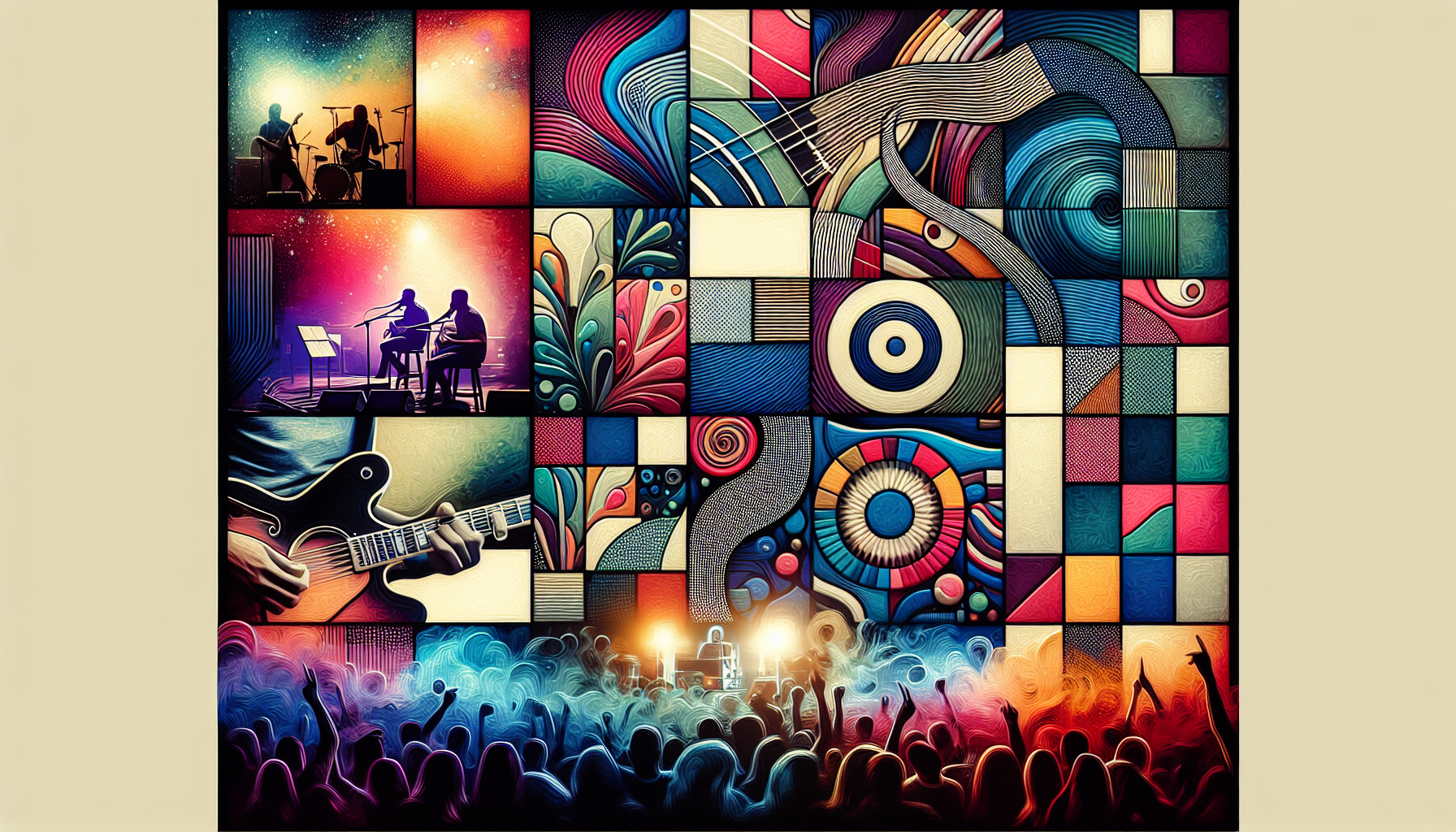
In today’s visual world, engaging visuals are just as important as the music itself. High-quality music videos can dramatically increase your visibility and fan engagement by providing a compelling visual narrative for your song. Consistent visual branding across all platforms is also crucial in attracting potential fans and establishing brand recognition.
And remember, your visuals are not just about promoting your music—they’re about telling your story.
The Power of Music Videos
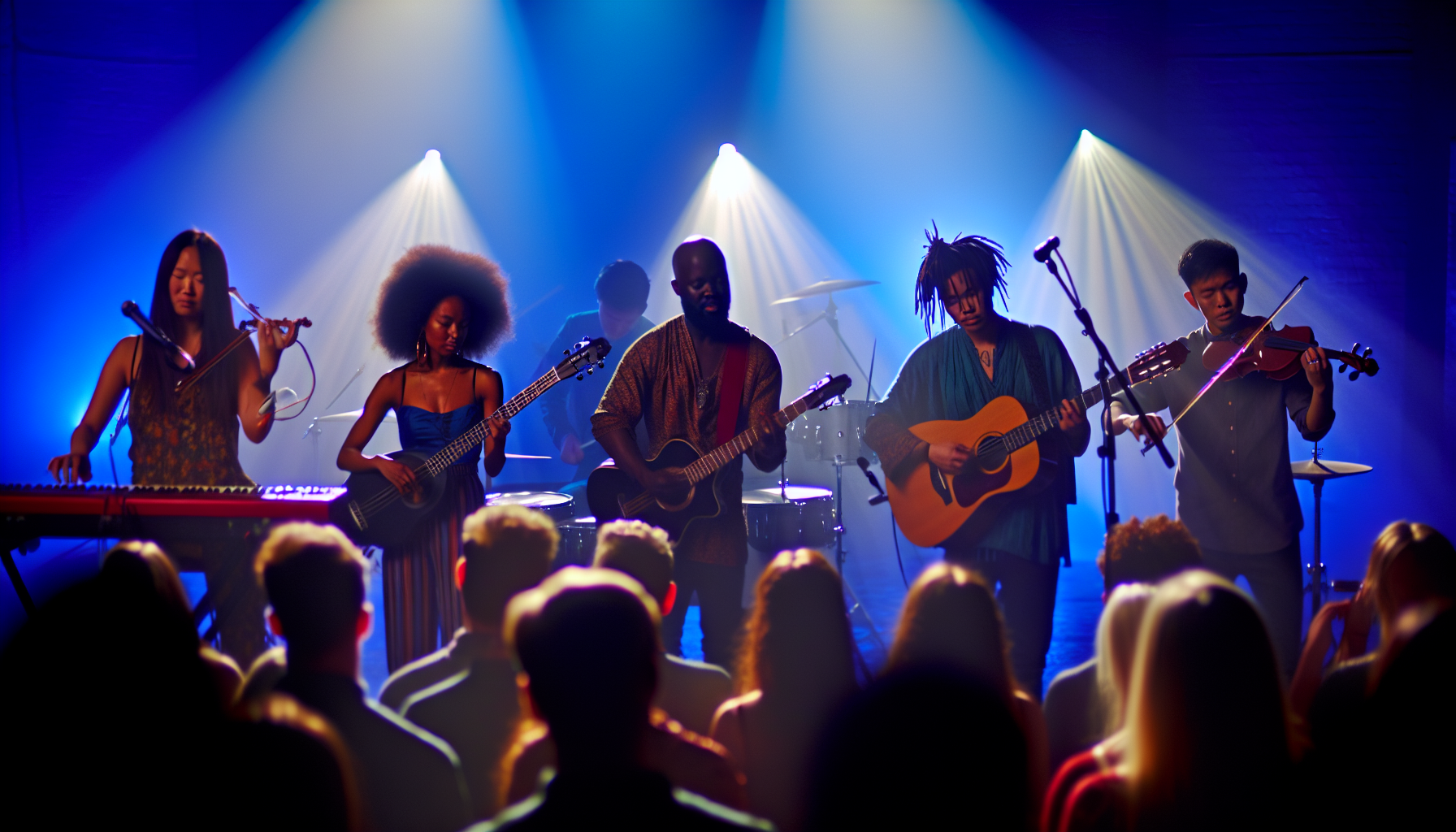
Music videos are a powerful tool to boost visibility and engage fans. They provide a visual representation of your song, enhancing its appeal and making it more likely to be shared. When a song gains traction, a compelling music video can give it a moment to shine, attract further press coverage, and forge a deeper connection with fans.
So, consider investing time and resources into creating a high-quality music video that does justice to your song’s story.
Cohesive Artistic Branding
Your brand identity is a reflection of your genre, style, aesthetic, and values, and it’s vital to differentiate yourself and resonate with your audience. High-quality visuals, including profile pictures, album covers, and a consistent logo across social media graphics, can significantly enhance your brand recognition.
By maintaining visual consistency across all brand materials, you can strengthen your identity and foster a community among followers.
Mastering Music Promotion Tactics

Promotion is the engine that drives your music release. Here are some steps to consider for your promotional plan:
- Build a comprehensive promotional plan
- Target appropriate media outlets
- Analyze digital marketing campaigns
- Consider hiring a music promotion company for support
Remember, the more eyes and ears you can get on your music, the higher the chances of it becoming a hit. With as much music as possible being shared, your potential audience will grow exponentially.
Crafting an Effective Press Kit
A well-constructed Electronic Press Kit (EPK) can significantly improve your chances of media attention and coverage. Your EPK should include:
- An engaging artist biography
- High-quality promotional photos
- Music and video content
- Press and review excerpts
- Highlights of achievements
- Active social and streaming links
- Clear contact information for you or your representatives.
Keep it updated with your latest videos, achievements, and press coverage to increase its effectiveness.
Harnessing Press Coverage
Press coverage can significantly boost your visibility and validate your work. Here are some tips to help you get more press coverage for your music:
- Craft a clear and concise press release that captures the essence of your music and your artistic persona.
- Target your press outreach to appropriate outlets covering up-and-coming artists in your niche.
- Use your music press releases to get more online media and editorial coverage for your new track.
- Maintain your media relationships through follow-up emails and sharing coverage on social media.
Remember, relationships matter—so make sure to build and nurture connections with journalists and media outlets in your industry.
Navigating Post-Release Activities
The work does not stop once your music is out—sustaining the momentum post-launch is vital for a successful music release. This includes promoting your song, engaging fans, and analyzing your performance metrics to guide your future promotional efforts.
So, keep the excitement going and the fans engaged, and you’ll see your music soar.
Sustaining Listener Interest
Keeping your listeners interested is key to a successful music release. You can do this by releasing new content, engaging fans in projects, and running contests. Also, don’t forget to diversify your content.
Sharing behind-the-scenes clips, interviews, and performance videos, and encouraging user-generated content can keep your audience engaged while avoiding the perception of being too sales-focused.
Collecting Feedback and Data
Collecting feedback and data is crucial to understanding your audience and improving your future releases. Here are some tools you can use to analyze metrics and engage with your fans:
- Spotify: Analyze metrics such as the User/Stream ratio to understand listener engagement and guide your playlist-pitching efforts.
- Next Big Sound: Identify your most popular songs and track your audience growth across various platforms.
- AMP Playbook by Pandora: Get insights into your audience demographics and engagement on Pandora, and learn how to optimize your presence on the platform.
These tools can help you gather valuable insights and make informed decisions to grow your music career.
Remember, it’s not about the numbers—it’s about meaningful growth, which can make all the difference.
Planning a Memorable Release Event
A memorable release event can significantly transform the success of your music release. It’s a platform for you to deliver a memorable experience, celebrate your hard work, and connect with fans and industry professionals. Plan your event meticulously, taking into account venue costs, marketing, merchandise sales, and even potential event sponsorships.
Add a unique ‘WOW factor’ to elevate the event’s impact and time it well with your official launch to boost visibility and excitement.
Celebrating Your Musical Milestone
Your music release is a significant milestone that deserves a grand celebration. A successful album release party requires meticulous planning, including selecting an appropriate venue, ensuring high-quality sound, and providing comfortable seating. Use launch party videos as promotional material to increase fan excitement and engagement when you release music.
And why not invite some media representatives, industry professionals, and influencers to your party? This could significantly extend the reach of your release event and make it a noteworthy moment in your career.
Playing Live: The Ultimate Connection
There’s nothing quite like the thrill of playing live. Performing live and touring are traditional but effective ways to ensure your music is heard and to foster a connection with your audience. Inviting local bands that complement your musical style to your event can boost attendance and enhance the overall atmosphere.
Also, consider partnering with local businesses for cross-promotion—it not only increases visibility for your music release event but also strengthens community ties.
Collaborating with Industry Professionals
Collaboration is key, particularly in creating music, as two minds can often produce better results than one. Collaborating with a diverse range of music professionals can dramatically enhance the quality of your music and expand your musical knowledge. Some professionals you can collaborate with include:
- Producers
- Singers
- Songwriters
- Audio engineers
By working with music industry professionals, you can create music that is more dynamic and engaging.
Whether you’re learning new techniques, addressing your personal limitations, or broadening your creative horizons, collaboration can be a game-changer for your music career.
Building a Support Team
Every successful artist is backed by a strong management team. Building a team similar to an independent label with diverse roles such as:
- Manager
- Publisher
- Marketers can significantly assist you in music marketing and development. A proficient booking agent is fundamental for artists who grow their fanbase through live shows, and a lawyer becomes necessary when dealing with contracts and revenue is being generated.
So, form a team that supports your vision and goals, and together, you can make your own music dream a reality.
Leveraging Professional Networks
In the music industry, the value of your network is immeasurable. Networking can lead to various business opportunities and collaborations, so make it a priority. But remember, networking isn’t about selling—it’s about building authentic relationships and creating connections that may open doors to future opportunities.
Engaging with new artists and independent labels in the indie music scene offers several benefits, including:
- Fostering an environment conducive to collaboration and network expansion
- Creating opportunities for mentorship and guidance
- Opening doors to greater exposure and more significant opportunities within the music industry
Summary
You’ve embarked on a journey through the world of music release in the digital age. From choosing the optimal release day, crafting your music release blueprint, leveraging social media, and mastering music promotion tactics, to collaborating with industry professionals—all these elements come together to ensure your music reaches the right ears. The digital age might seem daunting, but with the right strategies, it can be your ticket to chart-topping success. So, are you ready to make some noise? Enroll in our course, "Amplify Your Voice! How To Gain More Exposure as an Artist", for all the tips, tricks and strategies you need to catapult your music career.
Frequently Asked Questions
How do you start releasing music?
To start releasing music, build a fanbase on social media, ensure your music is properly mixed and mastered, and look for professional partnerships to release your music. After that, pitch your music to potential partners.
What does releasing music mean?
Releasing music means making it available for listening on streaming services and DJ stores, such as Spotify and Beatport. It encompasses singles, EPs, and albums.
How do you release music officially?
To release your music officially, you should use a digital distributor to ensure it's available on streaming platforms. Additionally, protect your work by copyrighting and securing all rights.
How hard is it to release music?
Releasing music can be challenging due to the complex planning involved, so it's important to understand the process before you begin. It's not an easy task, but having a clear understanding of the process can help make it more manageable.
Why is Friday considered the optimal release day?
Releasing music on Friday aligns with Billboard's tracking period, maximizing chart positioning, and aligns with consumer preferences for new music on Fridays and Saturdays.
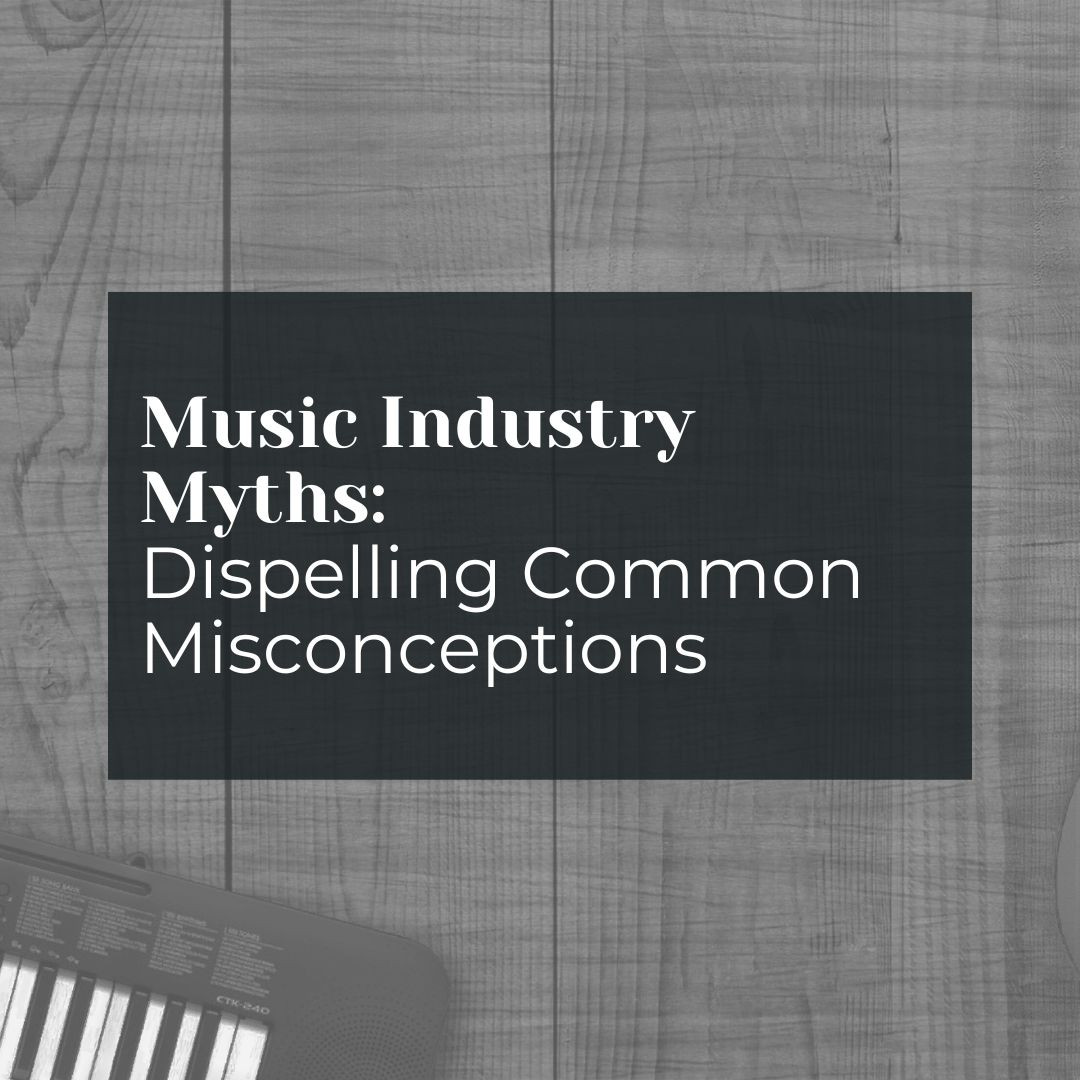
In an age marked by profound technological advancements, the music industry continues to evolve at a breathtaking pace. The landscape that new and established artists navigate today is wildly different from the one their predecessors encountered. As the industry evolves, so too do the misconceptions around it. Today, we'll delve into some of the most common myths about the music industry and set the record straight, enabling you to make more informed decisions about your music career.
Before we dive in, it's essential to know that understanding the realities of the music industry could be the key to unlocking your potential as an artist. This understanding is the fundamental cornerstone of the "Amplify Your Voice: How To Gain More Exposure as an Artist" course, which we'll talk more about later.
Myth 1: Talent Alone Is Enough
This is one of the oldest myths that continue to permeate the music industry. Although possessing talent is undoubtedly important, it's far from being the only factor that can lead to success. In today's highly competitive market, artists need to hone their marketing, networking, and business skills. Building a brand, engaging with fans, and understanding the financial aspect of the music business are critical in carving out a sustainable career in music.
Myth 2: Record Deals Equal Success
A prevailing myth is that signing with a major record label ensures automatic success. While this can potentially boost an artist's career, it's not a guaranteed ticket to fame and fortune. Many signed artists still struggle with visibility and profitability. Independent artists, on the other hand, often enjoy more creative control and a larger slice of their earnings. The key is to understand what aligns best with your goals as an artist.
Myth 3: Streaming Services Are the Enemy
With the advent of platforms like Spotify, Apple Music, and Tidal, some artists view these services as threats, primarily due to lower royalty payments. However, streaming services have democratized music distribution, allowing independent artists to reach audiences that were once out of their grasp. Embracing these platforms can be an integral part of a balanced digital strategy for artists seeking exposure.
Myth 4: Social Media Is All You Need for Marketing
While social media can be a powerful tool for promoting your music and connecting with fans, it should not be your only marketing strategy. Email newsletters, collaborations, live performances, and music videos are just some of the other essential components of a robust, multi-faceted marketing plan.
Myth 5: More Gigs Equals More Success
Playing live is a fantastic way to build a dedicated fanbase. However, performing too often, especially in the same local area, can lead to over-saturation. Instead, strategic gigging and targeting the right audiences can be more beneficial in the long run.
Conclusion
Armed with these insights, you can now navigate the music industry with a greater sense of reality. However, this is just the tip of the iceberg. The complexity of today's music landscape calls for a comprehensive understanding of various components like music production, rights management, effective marketing strategies, and leveraging digital platforms for maximum exposure.
This is where the "Amplify Your Voice: How To Gain More Exposure as an Artist" course comes in. This course provides an in-depth look at the music industry, equipping you with the knowledge and skills you need to build a successful career. You'll learn from experienced industry professionals who've navigated the intricacies of the business and emerged victorious.
There's never been a better time to dispel the myths and invest in your future in music. With the right tools, understanding, and the will to persevere, you can transform your artistic aspirations into a sustainable career.
Your path to music industry success is one click away. Enroll in the "Amplify Your Voice: How To Gain More Exposure as an Artist" course today and start your journey to becoming an industry-savvy artist.
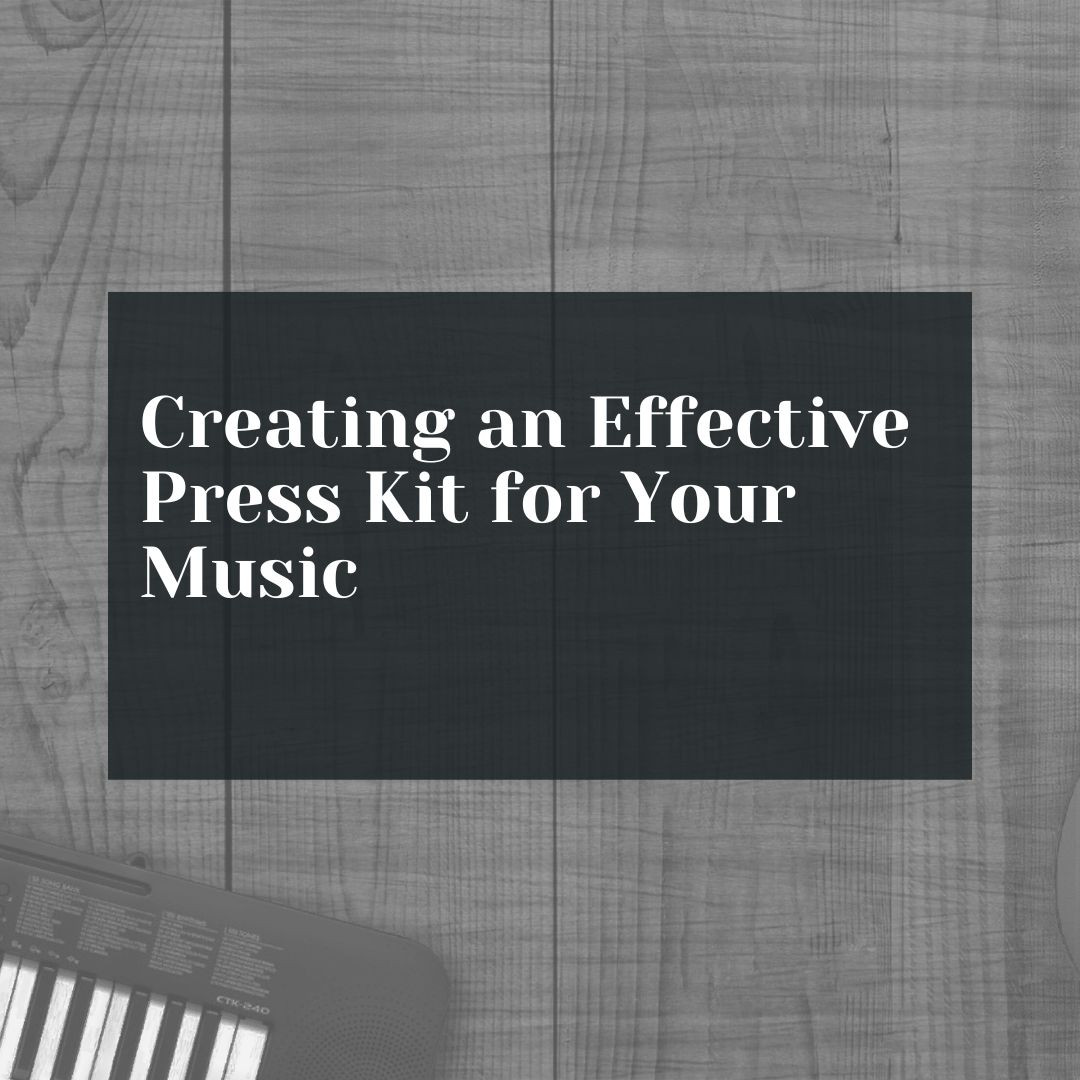
In the current music industry climate, one can't underscore the importance of a well-structured and well-orchestrated press kit. This bundle of promotional materials is the essence of your music brand identity. It works as your music resume, telling your story, showcasing your achievements, and most importantly, emphasizing your unique sound.
With an effective press kit, the challenge of gaining traction and recognition in a crowded industry can become far less daunting. That's why we've decided to explore the critical steps in creating an exceptional music press kit in this blog post.
But first, let's talk about why you need a press kit.
Why You Need a Music Press Kit
As an artist, your music is your most substantial asset. But, as is with any product, without effective marketing, it can easily get lost in the clutter of the music market. This is where a press kit comes in.
A press kit, also known as a media kit or an Electronic Press Kit (EPK), serves multiple purposes. It communicates your brand, highlights your achievements, displays your best work, and provides all the necessary information that music journalists, event promoters, or potential sponsors might need.
But creating a press kit that truly stands out requires an understanding of the various components that go into it.
Components of a Music Press Kit
1. Artist Biography
This is the narrative of your music career. It should be compelling, engaging, and professionally written. Make sure to include any significant milestones, accomplishments, and unique aspects about your music. Don't forget to update it as your career evolves.
2. High-Quality Photos
Images are powerful storytellers. Include professionally shot photos that represent your brand's aesthetic. A variety of shots, like performance images, headshots, and album art, can offer a comprehensive visual story.
3. Music Samples
Include a selection of your best tracks. You can either provide these as downloads or links to where your music can be streamed. This will give people an immediate taste of your talent.
4. Press Coverage and Quotes
If you have been covered by the media before, include links to these articles or memorable quotes from them. They act as third-party endorsements and add credibility to your music career.
5. Contact Information
This is vital. Your press kit must have clear contact information—your email, phone number, and social media links. Additionally, include your booking agent's and manager's information, if applicable.
6. Upcoming Gigs and Tours
Keep your audience in the loop about where they can catch you live next. List your upcoming shows and tour dates.
7. Music Videos
If you have professionally produced music videos, include them in your press kit. They give a visual representation of your music and can greatly enhance your presentation.
8. Discography
List your albums, singles, and EPs. Give a brief description of each, including any significant achievements associated with them.
Creating an SEO-Optimized Music Press Kit
As we're aiming to ensure your press kit ranks on the first page of Google, you need to understand and implement SEO (Search Engine Optimization). SEO is about enhancing your online content so that a search engine likes to show it as a top result for searches of a particular keyword.
1. Keyword Research
Identify keywords that are relevant to your music brand. These keywords should be terms that your target audience is likely to use when searching online.
2. Optimize Your Content
Use the keywords you've identified in your press kit content. However, avoid keyword stuffing as this can negatively affect your ranking. Use the keywords naturally and contextually.
3. Use Metadata
Your website's metadata (title tags, meta descriptions) should be optimized with relevant keywords.
4. Create Quality Backlinks
Having other reputable websites link to your press kit page can significantly boost your SEO.
5. Website Speed and Mobile Optimization
Ensure your website loads quickly and is mobile-friendly. Google considers these factors when ranking websites.
An effective press kit can go a long way in elevating your music career, but it's only part of the puzzle. The music industry is dynamic and calls for continuous learning and adaptation. To this end, I would highly recommend enrolling in the "Amplify Your Voice: How To Gain More Exposure as an Artist" course.
This comprehensive course is designed to help you navigate the music industry effectively, gain more exposure, and ultimately amplify your voice in a crowded marketplace. By combining the knowledge from this course with an exceptional press kit, you're well on your way to making a significant mark in the music industry.
Ready to Amplify Your Voice?
Don't let your music get lost in the crowd. Sign up for the "Amplify Your Voice: How To Gain More Exposure as an Artist" course today and learn the practical tools and tactics to increase your visibility and accelerate your music career. Enroll now and let your music be heard!
